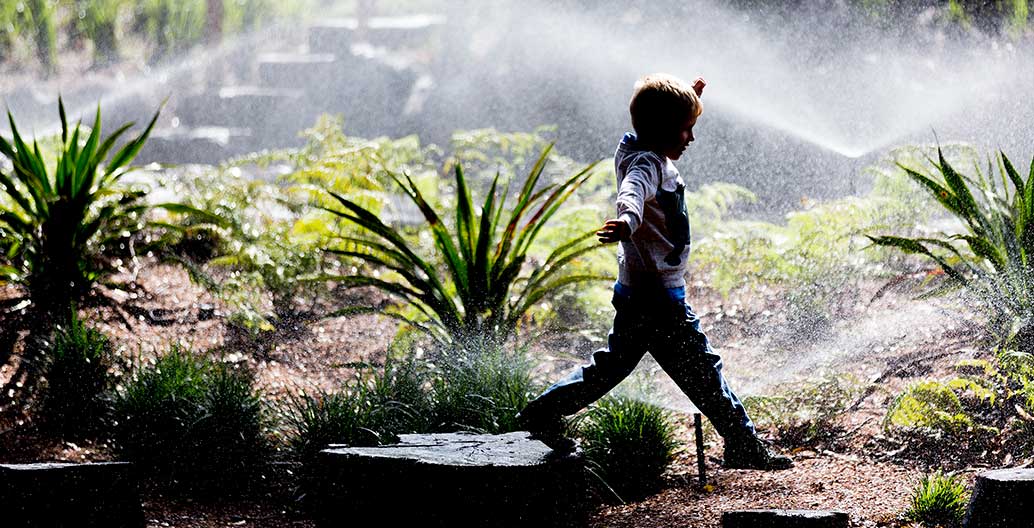
Expanding horizons: sampling the 2018 landscape architecture awards
The 2018 national awards is a celebration of what landscape architecture can do and be, demonstrating a diverse range of ideas, tools and approaches to meet the challenges of tomorrow.
The recently announced 2018 National Landscape Architecture Awards are testament to the power of creative design thinking in the realm of open space and the public domain. Across 14 categories, 38 projects were awarded, for helping to address and improve the future quality of our streets and public squares, gardens and wetlands, parks and play spaces, rivers and creeks that surround us all.
This year’s list of winners reveals how good design can positively impact the health, resilience and quality of our built environment. With the release of ever more urgent recommendations from the Intergovernmental Panel on Climate Change, it is clear that landscape architects are doing everything in their power to create environments that are both resilient and sustainable. As the Jury Chair, Sara Padgett Kjaersgaard notes, “Collectively, the awarded projects provide a clear message of sensitive, thoughtful and ambitious responses, to repairing and improving natural systems of unique Australia landscapes at a time of increasing urbanisation and climate variation.”
Nowhere is there a keener awareness of the changes happening in climate and natural systems, than in the low lying islands within the Pacific Ocean. The winner of the international prize is an urban planning project undertaken by Jacobs, which aims to mitigate the impact of sea level rise, brought about by frequent storm surge inundation. The reclamation of 300 hectares of land from the sea offers hope to 35,000 people within the nation of Kiribati, as they are relocated two meters above predicted 2200 ocean levels.
We are also seeing plant species, right across the globe, threatened by volatility and change in temperature and rain levels. Plantbank, by 360 Degrees Landscape Architects, is a landscape created around the largest collection of plant seeds in the country. It stores over 100 million seeds, representing a cross section of Australia’s flora. The landscape design reinforces this endeavour, serving as a salient reminder of the value of native flora, in maintaining landscape systems and community identity.
This task of protecting and conserving our ecological heritage is taken up by the winners of the landscape planning award, Site Office. Their Chain of Ponds Action Plan addresses the real issues faced, in restoring the somewhat degraded Moonee Ponds creek. It builds on previous analytical studies of the creek, and provides the opportunity to inform and influence others, including both local and state government.
While perhaps not as visually compelling as large-scale implemented landscape projects, the role of research and detailed analysis is clearly critical, in a time of opinions, bots and online rants. The future decisions we make about our environment must be supported by sound research and analysis. “Many awarded projects displayed evidence of a research component that provides rigour to built outcomes,” says Kjaersgaard. “Notably, the jury were impressed that green infrastructure, across the country, is becoming embedded into projects as the norm.”
As winner of the Research, Policy and Communications prize, Simon Kilbane’s work on the Green Infrastructure National Green Network is particularly notable. The jury was struck by this exploration of the spatial implications of environmental policies, which aim to safeguard Australia’s biodiversity. As the jury report states, “The project is big in both scale and ambition and pushes the established boundaries of the profession, utilising a flexible research methodology that is applied, from the continental scale to the local scale”.
Alongside research and statistical analysis, another important source of knowledge for landscape architects is the knowledge carried in the lives and experiences of local people. Communities have a key role in the decision-making and custodianship of future landscapes. The Perth-based practice UDLA picked up two awards for projects that go the extra mile in engaging diverse communities. Newman Town Centre is a significant revitalisation project, transforming a hardstand carpark into a 2,600 square metre civic plaza that is now home to a significant shade-giving tree canopy.
The community’s sense of ownership and ongoing direction has been supported by a robust Place Management Plan led by the landscape architects. The project demonstrates how urban landscapes contribute to the mental and social health and wellbeing of a regional community.
In addition, UDLA’s Place of Healing exemplifies deep listening, and the role of landscape architects in providing a holistic ‘People and Place’ approach to visioning. The project demonstrates how landscape architecture can, and often should, go beyond spatial design, in developing a deep understanding of Indigenous planning, management and cultural heritage visioning, as well as intergenerational cultural healing.
This kind of learning from Indigenous communities is vitally important, further signaled by the appointment of Aboriginal landscape architect Paul Herzich (Kaurna/Ngarrindjeri) to the national jury and the adoption of AILA’s first Reconciliation Action Plan in 2018. As Kjaersgaard says of UDLA’s winning projects, “this way of working, cross-culturally, towards the co-production of knowledge must become central to the work that landscape architects do”.
11 Awards of Excellence
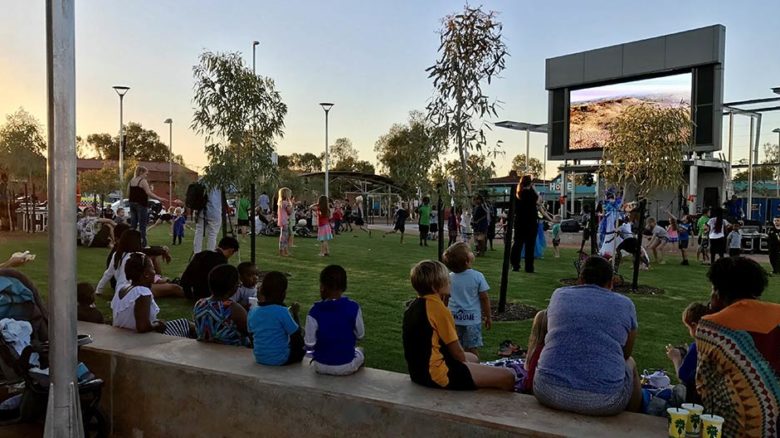
Newman Town Square. Image: UDLA. Award of Excellence
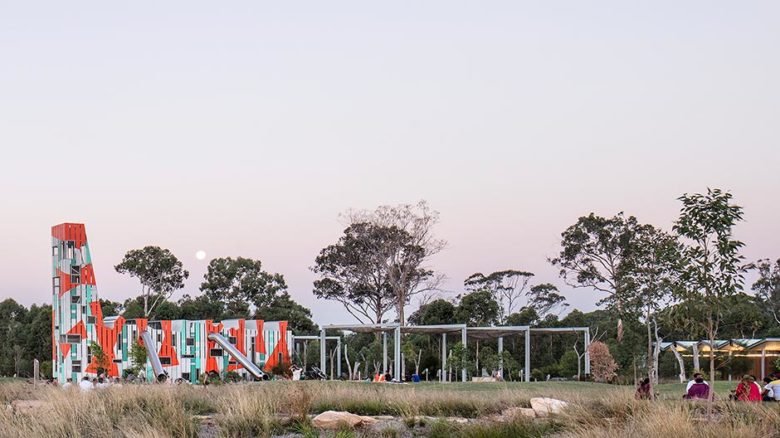
Bungarribee at Doonside. Image: Simon Wood. Award of Excellence
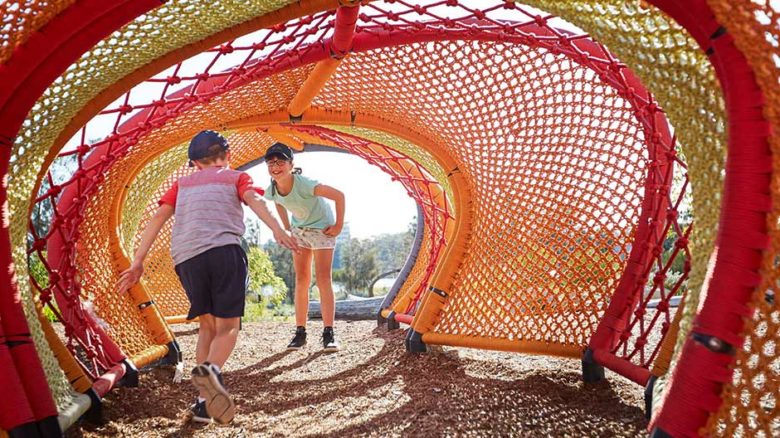
Optus Stadium Park. Image: Robert Frith. Award of Excellence
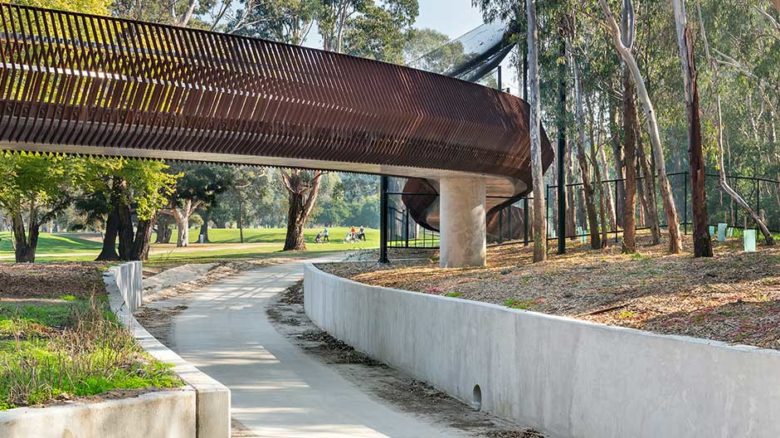
Darebin Yarra Trail Link. Image: Emma Cross. Award of Excellence
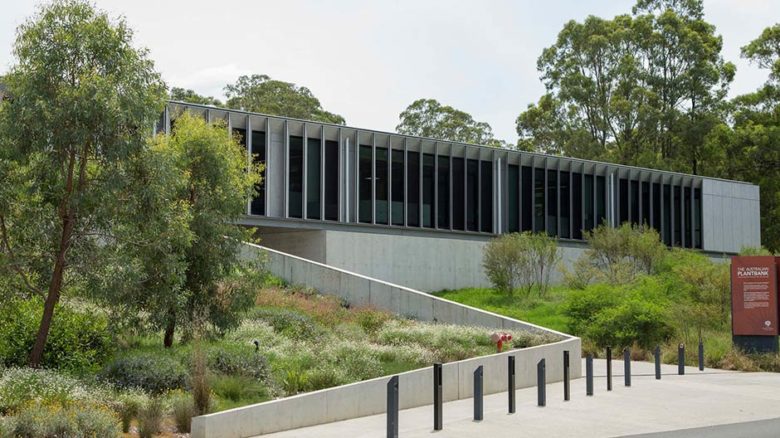
Plantbank. Image: John Gollings. Award of Excellence
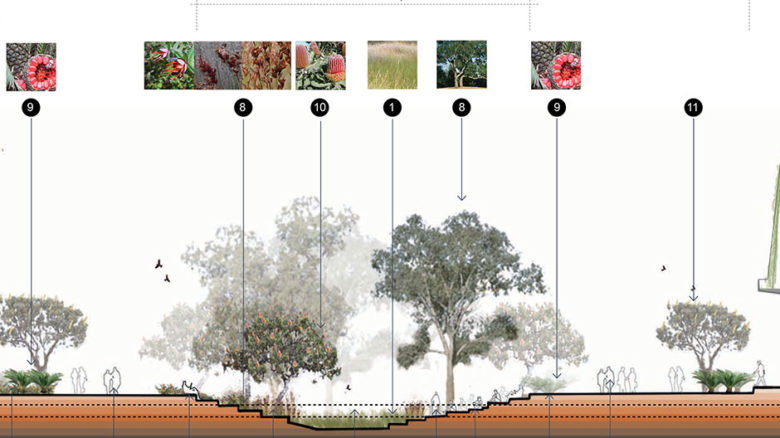
The Living Knowledge Stream for Curtin University. Image: Syrinx Environmental.
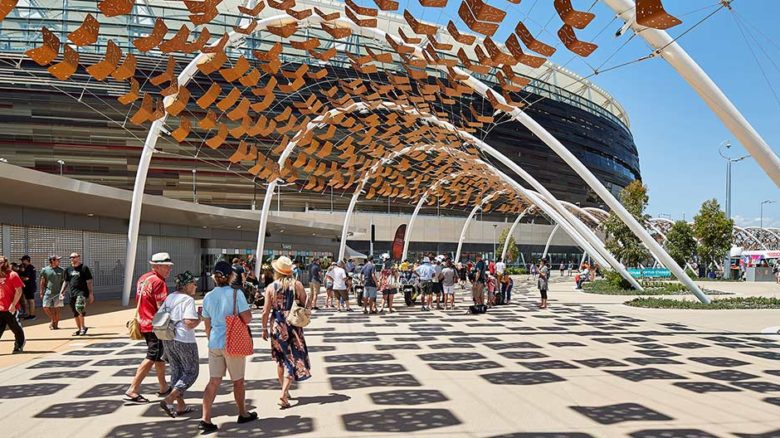
Optus Stadium. Image: Peter Bennetts. Award of Excellence
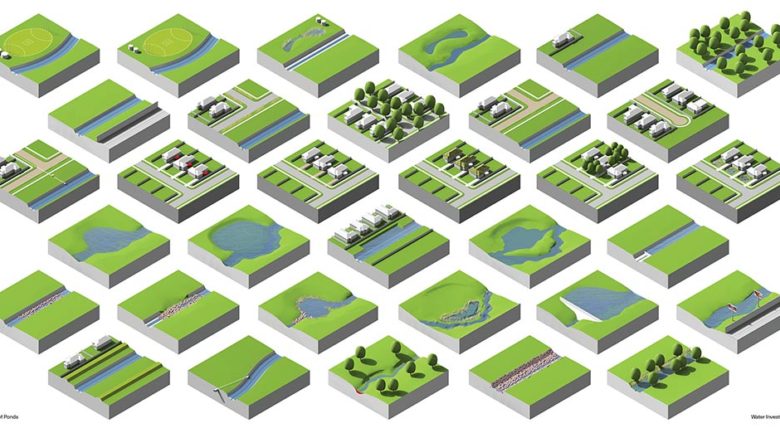
Chain of Ponds. Image: Site Office. Award of Excellence
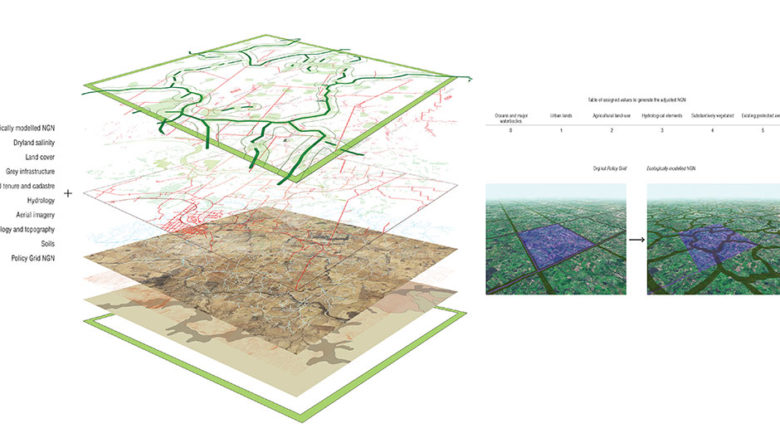
Green Infrastructure Planning - a National Green Network. Image: Simon Kilbane. Award of Excellence
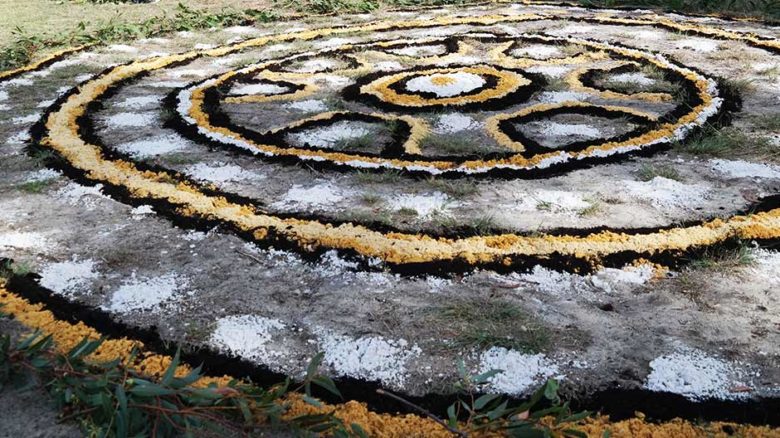
Place of Healing. Image: Rasheen Lee. Award of Excellence
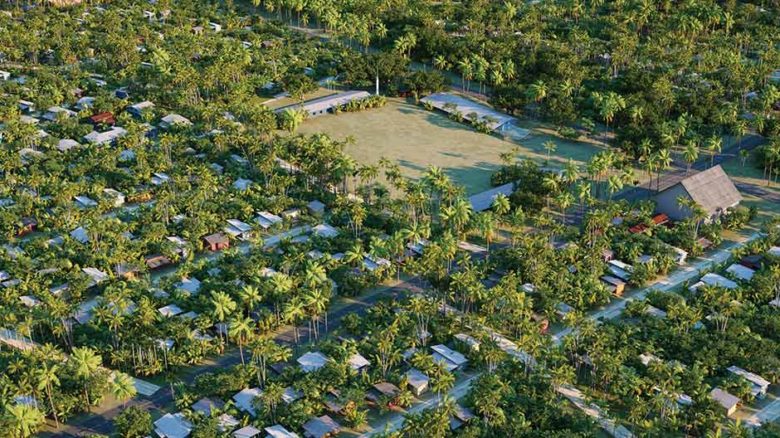
Temaiku Land and Urban Planning, Kiribati. Image: Jacobs. Award of Excellence
More widely, the role of landscape architecture in promoting the health and well-being of all citizens is exemplified in the winner of the Infrastructure prize: the Darebin Yarra Trail Link. This project was undertaken by the VicRoads, in a collaborative team that brought together their Urban Design and Structural Design teams. As noted in a recent Foreground article, the project promotes active transport, while the design sensitively integrates the constructed elements with the environment.
Of course, no built environment is complete without spaces and places designed for children and young people. Bungarribee by JMD is an award-winning play space that frames and celebrates the existing natural landscape of the site, allowing visitors to appreciate the striking landscape of repaired grasslands, the big open sky and distant views, while hinting at the pastoral and industrial past of the site.
Children are not, however, the only people who like to play. The new Perth Stadium precinct, designed by HASSELL, proved to be a great opportunity to transform a previously underutilised site into a vibrant community precinct and new gateway to the city of Perth. This project brings together play spaces, community engagement and Indigenous collaboration, within the context of a major new piece of city-building. Extensive engagement with the local Indigenous community and others has led to the inclusion of six zones, representing the local Indigenous Noongar seasons. Each zone incorporates different plants, local materials, nature-play themes, art and educational signage in interesting and diverse ways.
Together these projects, and many more awarded on the night, reflect a profession of landscape architecture that is expanding its horizons. The challenges we face in the years and decades ahead will not be met by simply deploying past knowledge and known techniques. Those involved in designing and delivering tomorrow’s cities – from pocket parks to city-changing stadia – need to adapt and embrace new research, adopt new tools and build stronger networks within a wider of professionals and community alike.
The awards kick off a weekend of events and activities during the International Festival of Landscape Architecture, this year taking place on the Gold Coast. At the centre of that festival in the 2018 AILA conference, entitled The Expanding Field: Charting the Future of Practice. It’s safe to say from this year’s landscape architecture awards, that future practice has already begun.
38 Award Recipients:
Civic Landscape
Award of Excellence
Newman Town Centre (WA)
UDLA
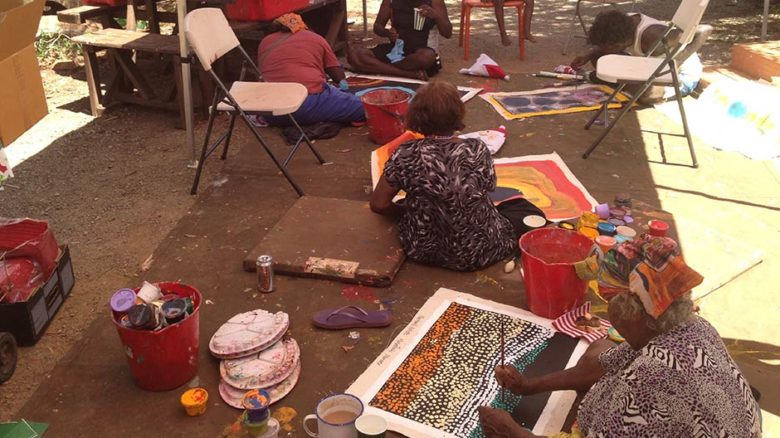
Newman Town Square. Image: UDLA.

Newman Town Square. Image: UDLA. Award of Excellence
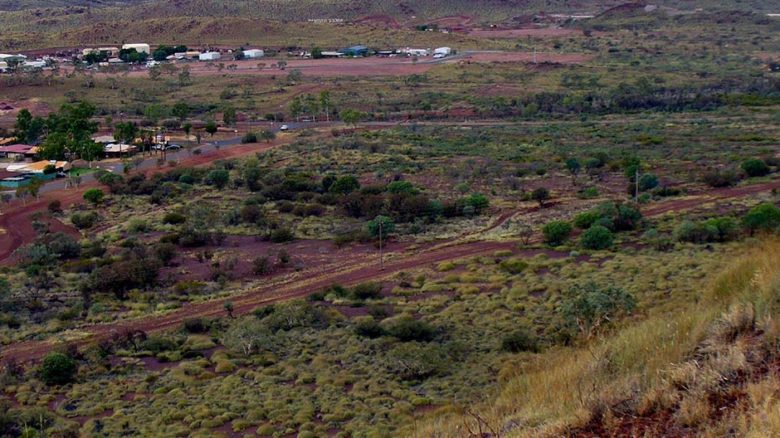
Newman Town Square before construction. Image: UDLA.
Landscape Architecture Award
Palmwoods New Town Square (QLD)
Sunshine Coast Council
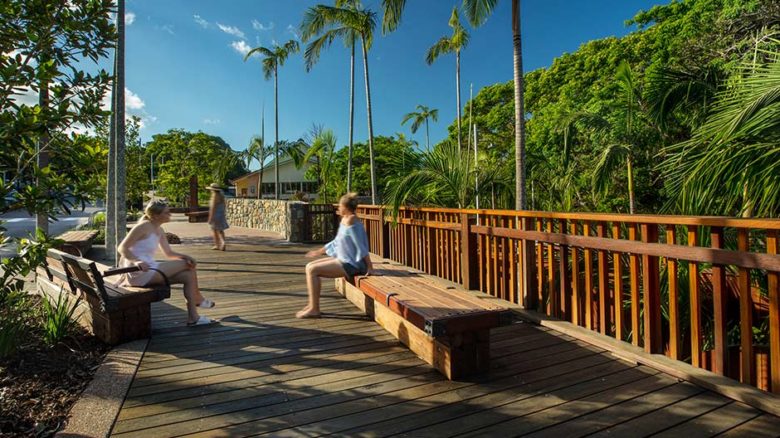
Palmwoods New Town Square
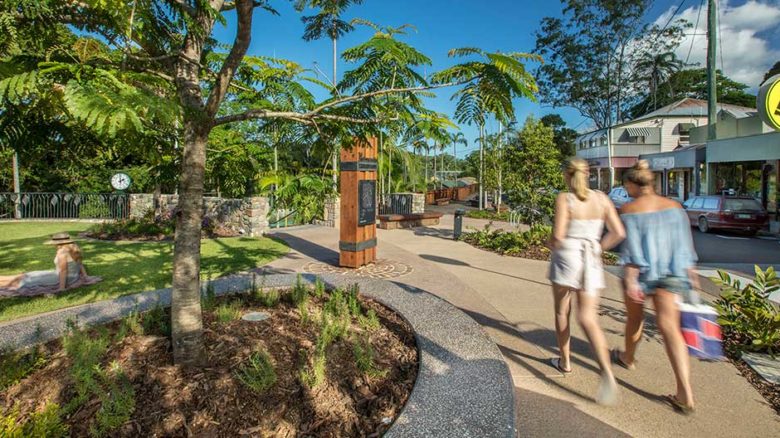
Palmwoods New Town Square
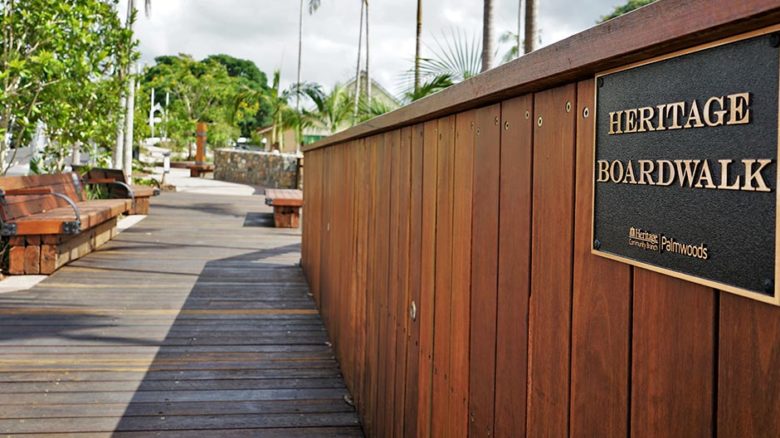
Palmwoods New Town Square
Landscape Architecture Award
Railway Square (WA)
Place Laboratory
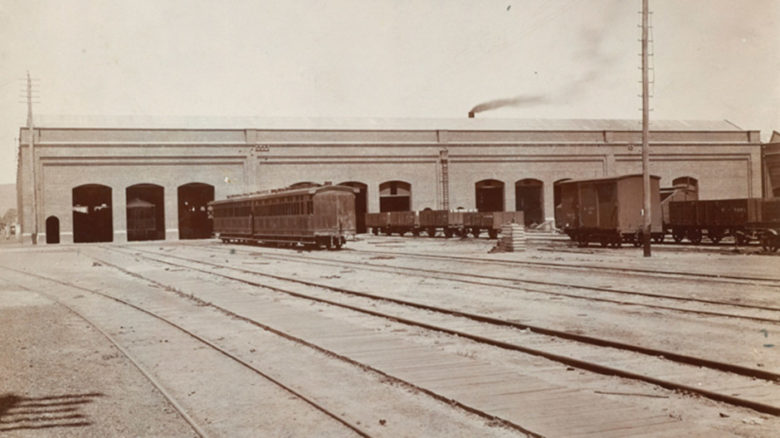
Railway Square archive image.
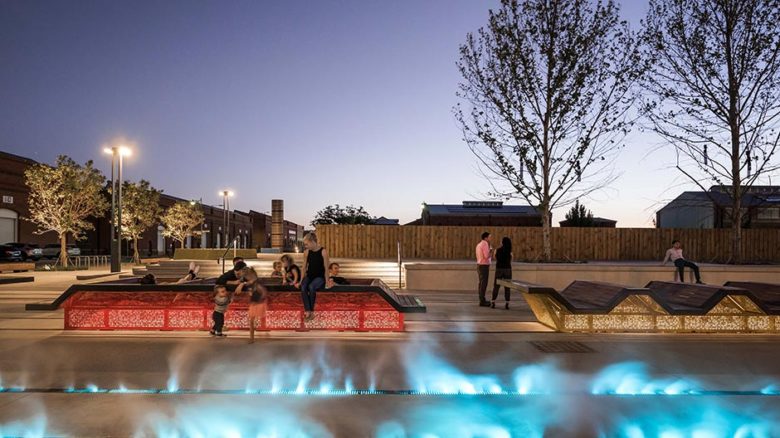
Railway Square. Image: Dion Robeson.
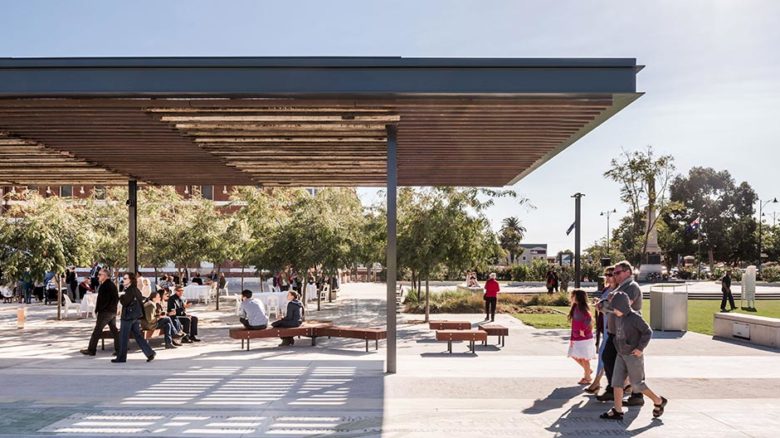
Railway Square. Image: Dion Robeson.
Landscape Architecture Award
Earth Sciences Garden (VIC)
Rush Wright Associates
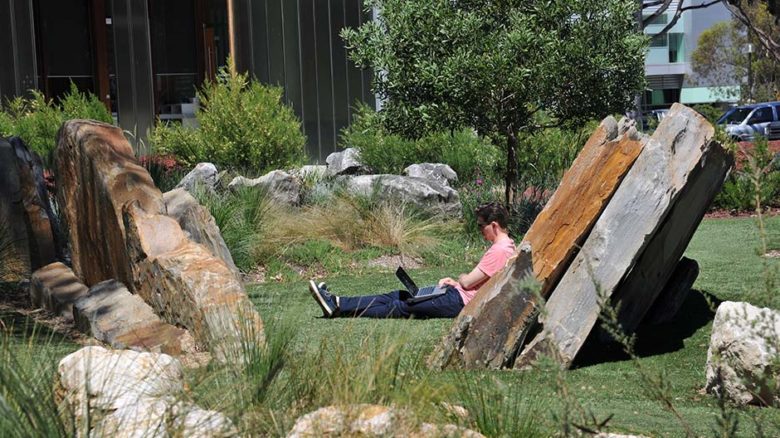
Earth Sciences Garden Image: Rush Wright Associates
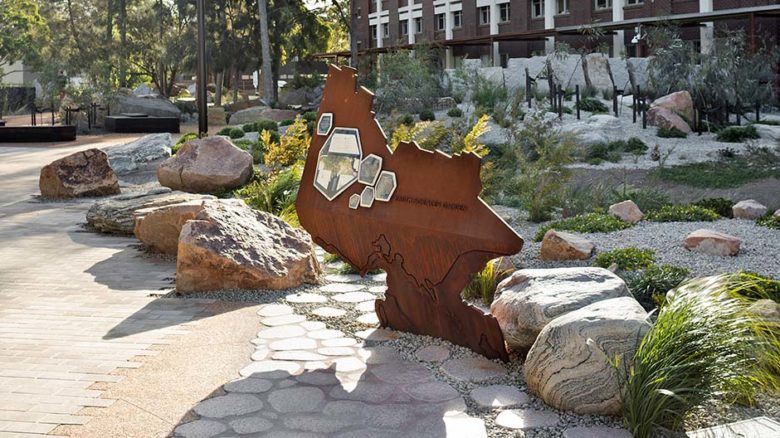
Earth Sciences Garden Image: Rush Wright Associates
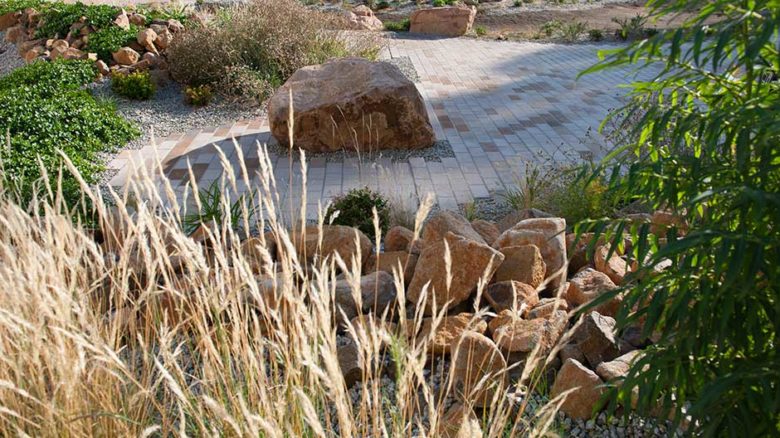
Earth Sciences Garden Image: Rush Wright Associates
Parks and Open Space
Award of Excellence
Bungarribee at Doonside (NSW)
JMD Design
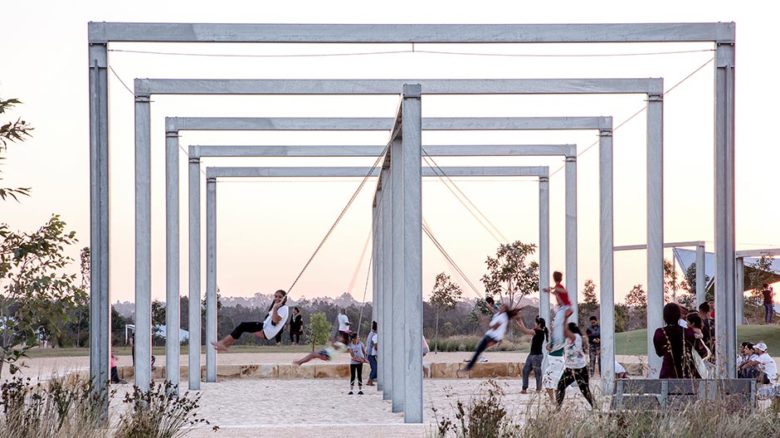
Bungarribee at Doonside. Image: Simon Wood.
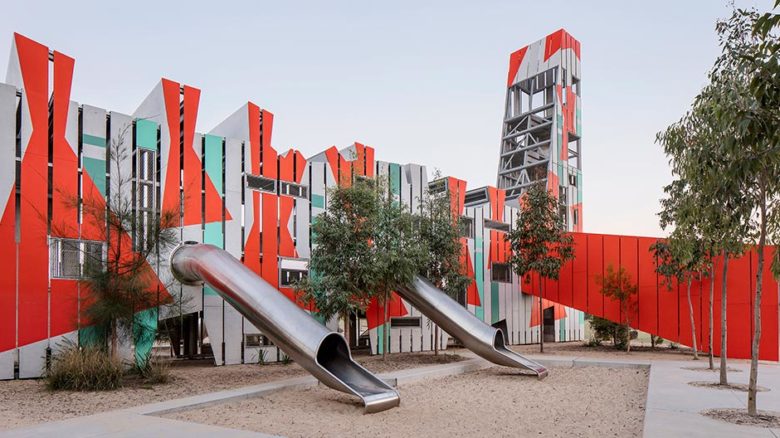
Bungarribee at Doonside. Image: Simon Wood.

Bungarribee at Doonside. Image: Simon Wood. Award of Excellence
Landscape Architecture Award
Rockhampton Riverside (QLD)
Urbis
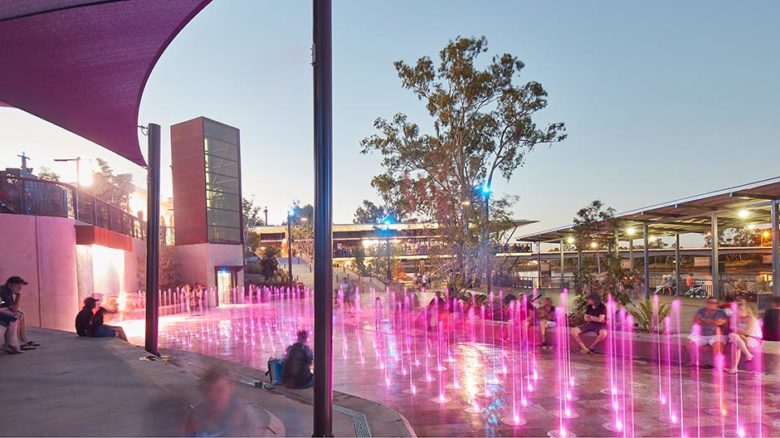
Rockhampton Riverside. Image: Florian Groehn.
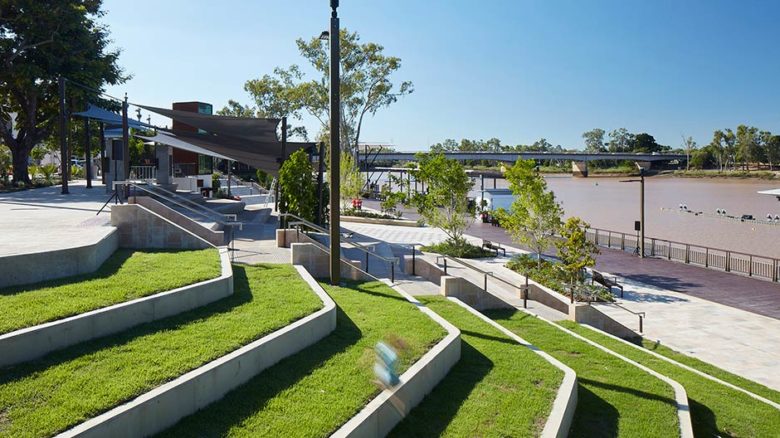
Rockhampton Riverside. Image: Florian Groehn.
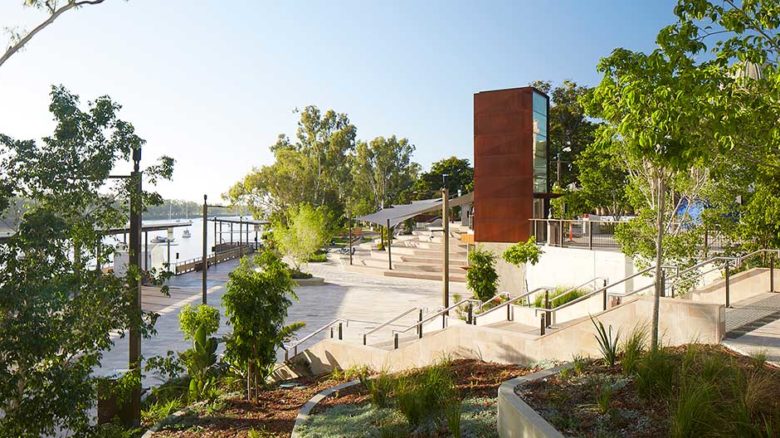
Rockhampton Riverside. Image: Florian Groehn.
Landscape Architecture Award
Oaklands Park and Wetland (SA)
TCL
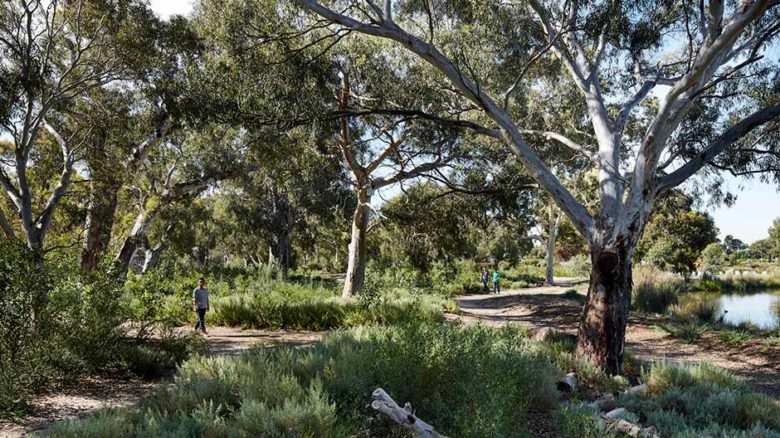
Oaklands Park and Wetland. Image: Sam Noonan.
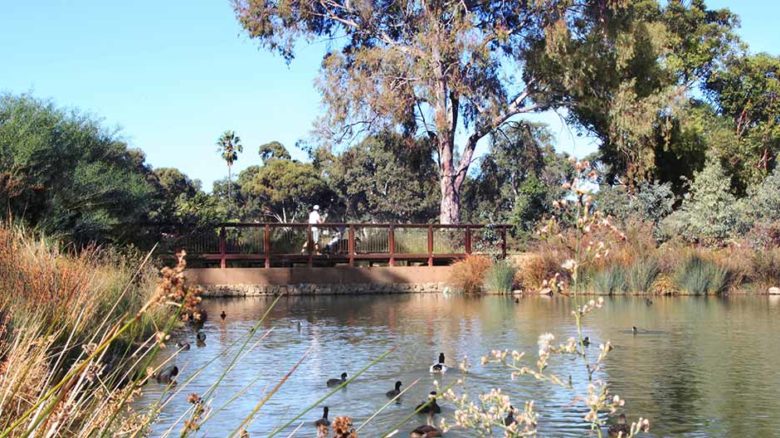
Oaklands Park and Wetland. Image: Sam Noonan.
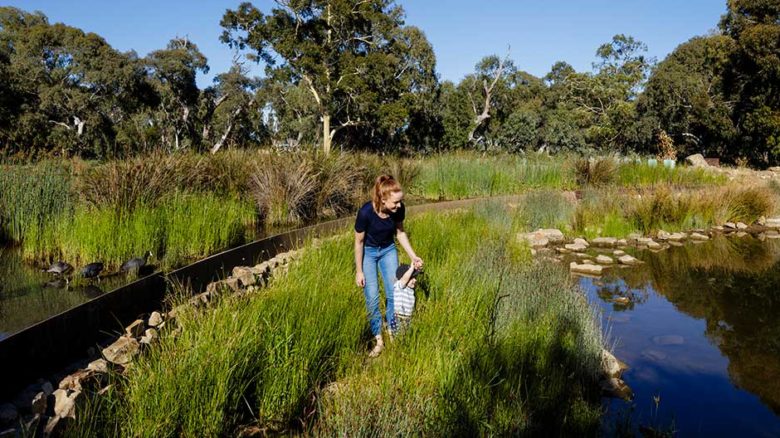
Oaklands Park and Wetland. Image: Sam Noonan.
Landscape Architecture Award
Alpine Better Places Porepunkah (VIC)
MDG
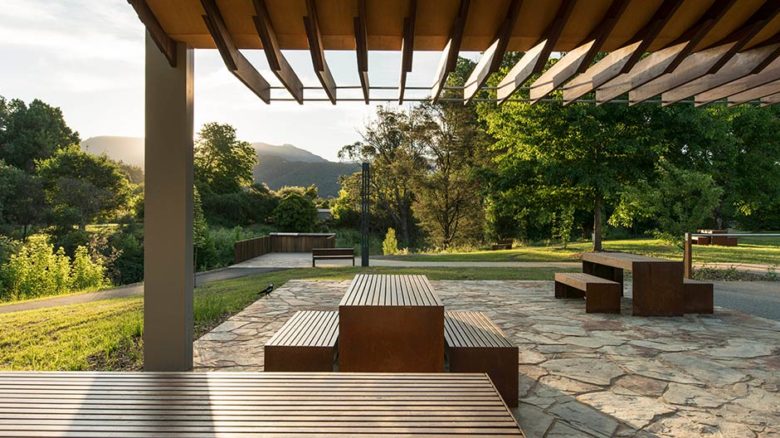
Alpine Better Places Porepunkah. Image: James Newman.
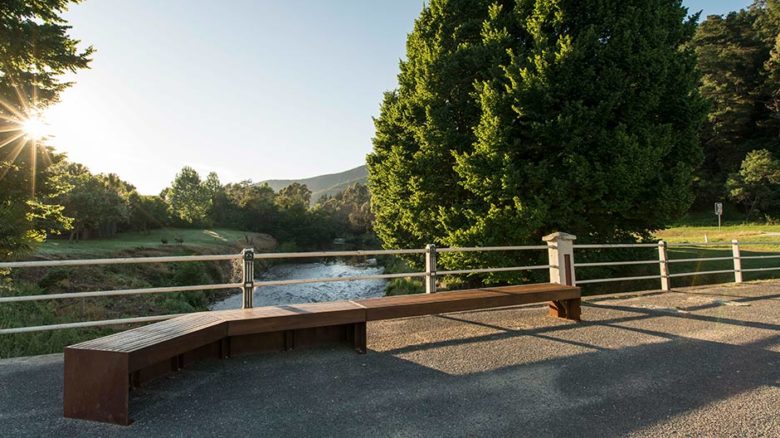
Alpine Better Places Porepunkah. Image: James Newman.
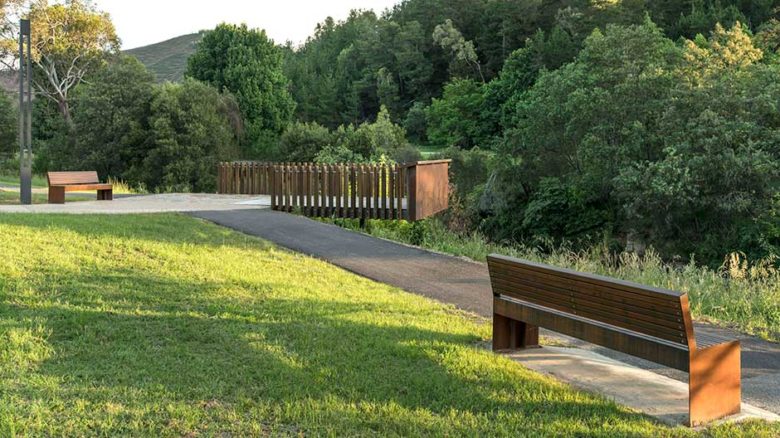
Alpine Better Places Porepunkah. Image: James Newman.
Play Spaces
Award of Excellence
Optus Stadium Park (WA)
HASSELL
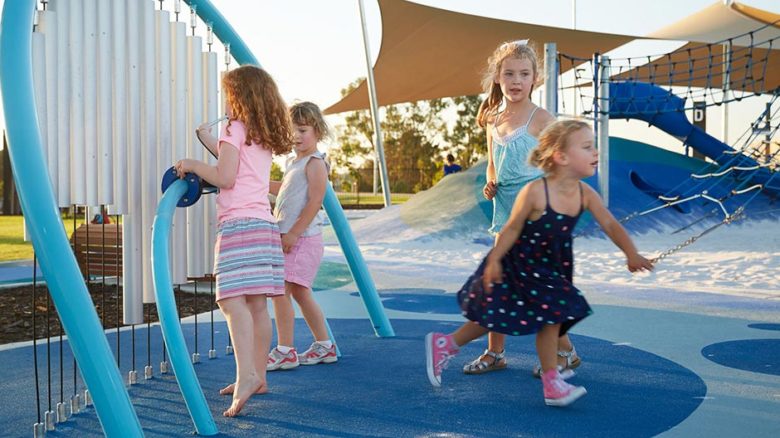
Optus Stadium Park. Image: Robert Frith.
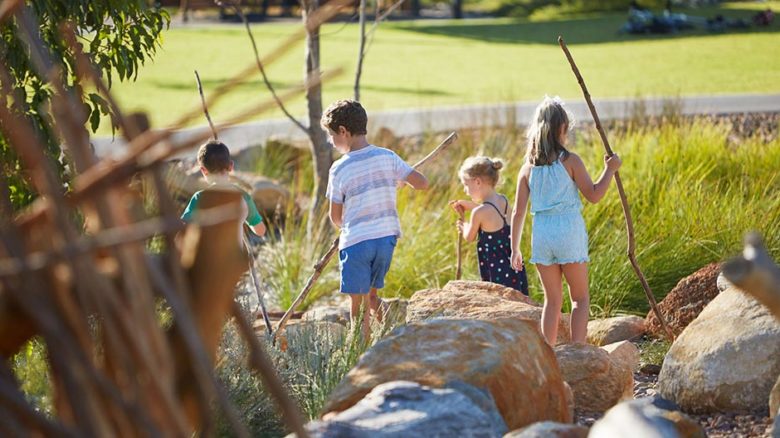
Optus Stadium Park. Image: Robert Frith.

Optus Stadium Park. Image: Robert Frith. Award of Excellence
Landscape Architecture Award
Mukanthi Nature Playspace (SA)
PSLA Playspaces
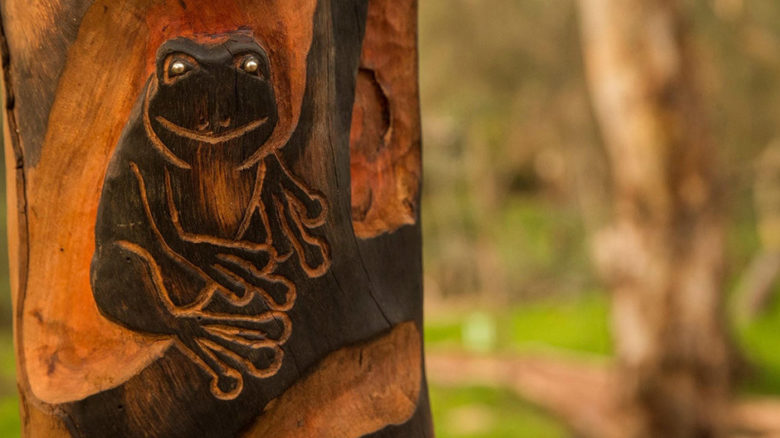
Mukanthi Nature Playspace. Image: Peter Semple.
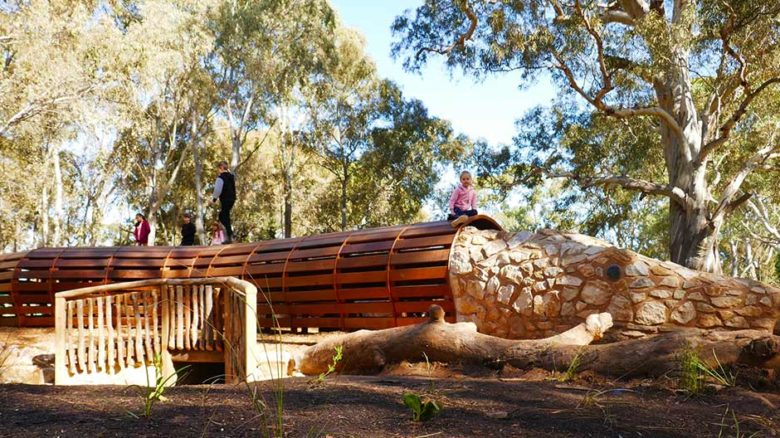
Mukanthi Nature Playspace. Image: Peter Semple.
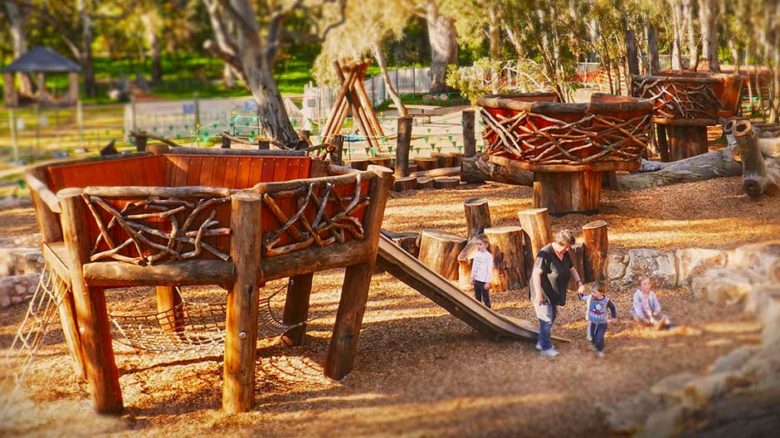
Mukanthi Nature Playspace. Image: Peter Semple.
Landscape Architecture Award
Ballam Bumps (VIC)
Playce
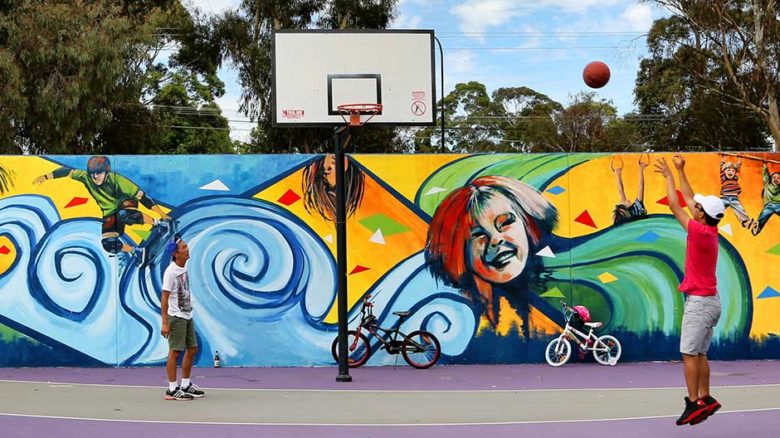
Ballam Bumps. Image: Steve Brown.
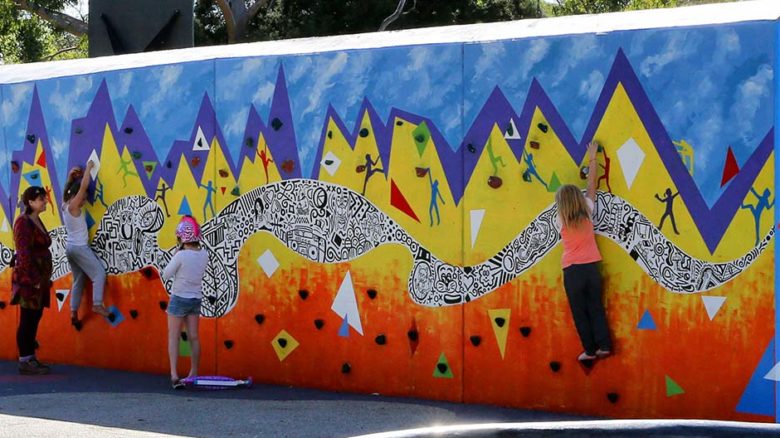
Ballam Bumps. Image: Steve Brown.
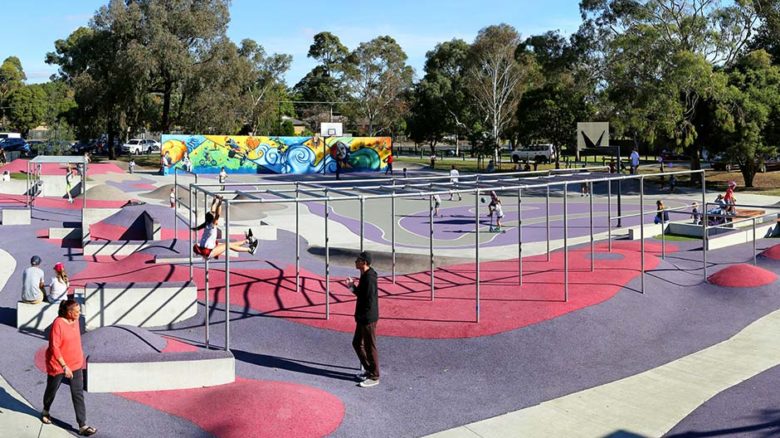
Ballam Bumps. Image: Steve Brown.
Landscape Architecture Award
Ian Potter Children’s WILDPLAY Garden (NSW)
Aspect Studios
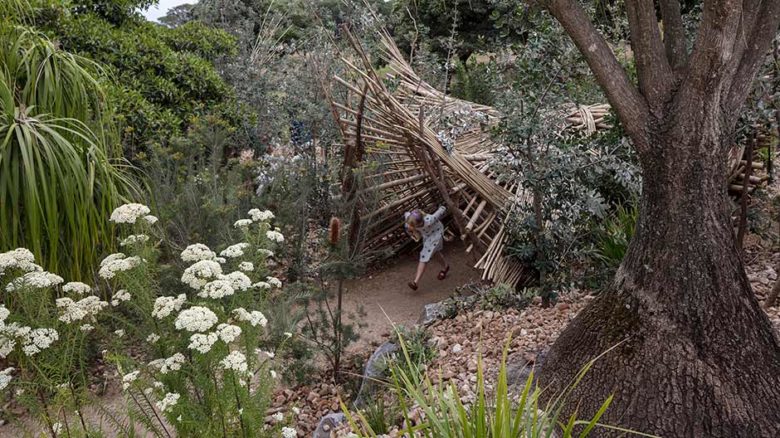
Ian Potter Children's WILDPLAY Garden. Image: Brett Boardman.
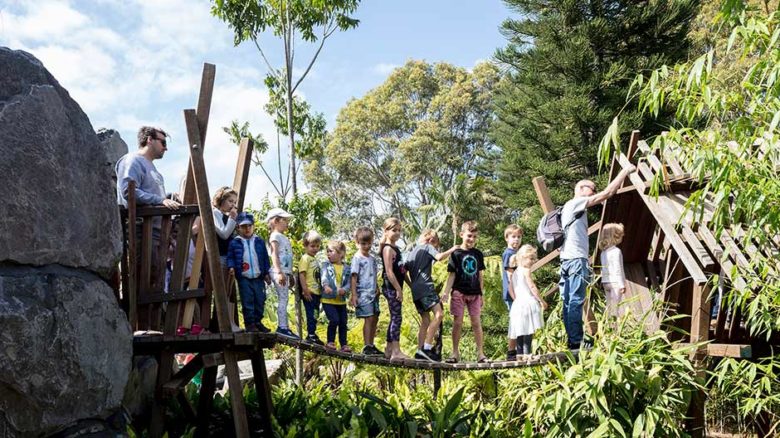
Ian Potter Children's WILDPLAY Garden. Image: Brett Boardman.
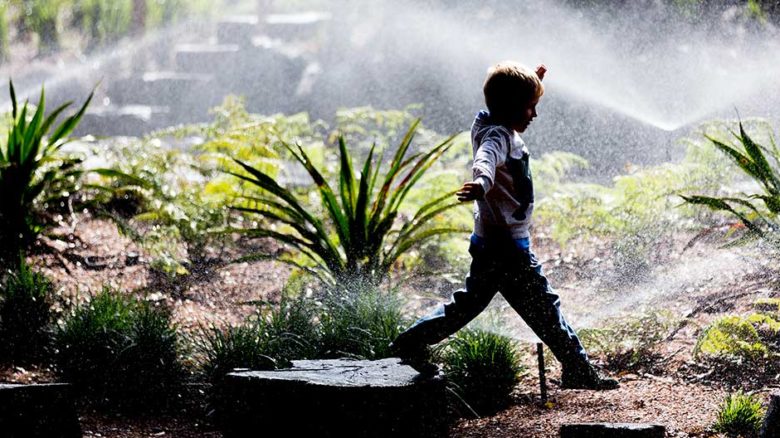
Ian Potter Children's WILDPLAY Garden by Aspect Studios. Image: Brett Boardman.
Infrastructure
Award of Excellence
Darebin Yarra Trail Link (VIC)
Vic Roads
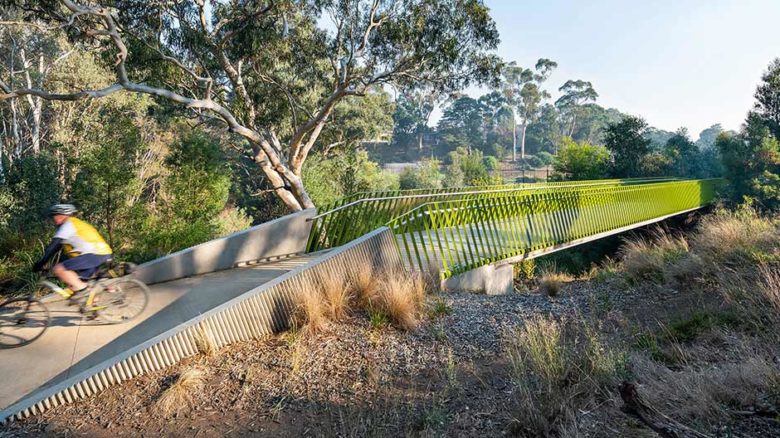
Darebin Yarra Trail Link. Image: Emma Cross.

Darebin Yarra Trail Link. Image: Emma Cross. Award of Excellence
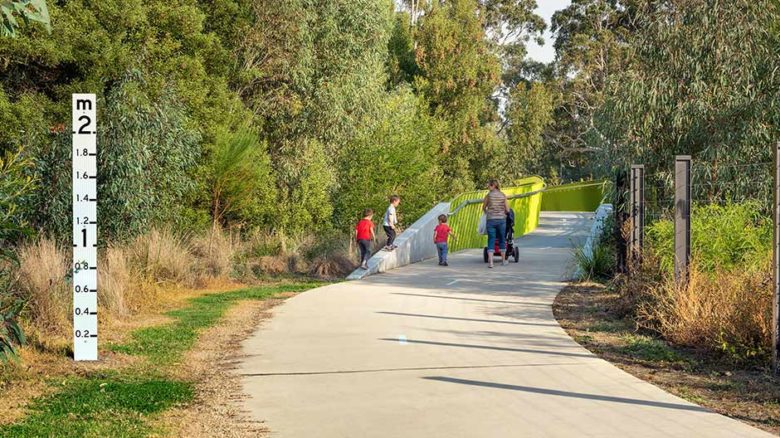
Darebin Yarra Trail Link. Image: Emma Cross.
Landscape Architecture Award
Skeleton Creek Bridges (VIC)
Site Office
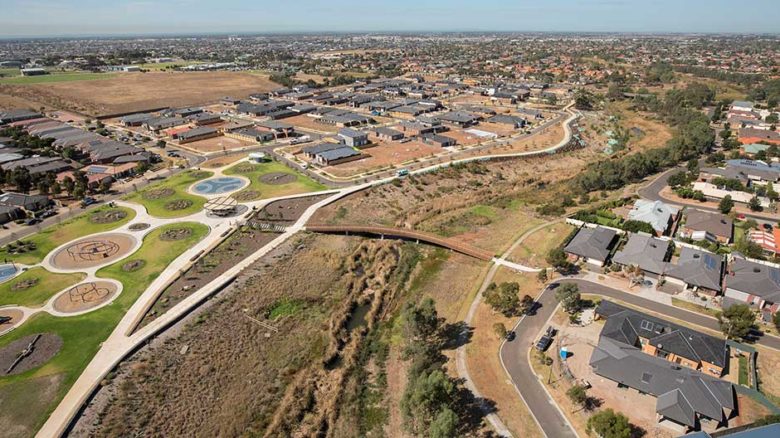
Skeleton Creek Bridge. Image: Lisabeth Grosmann.
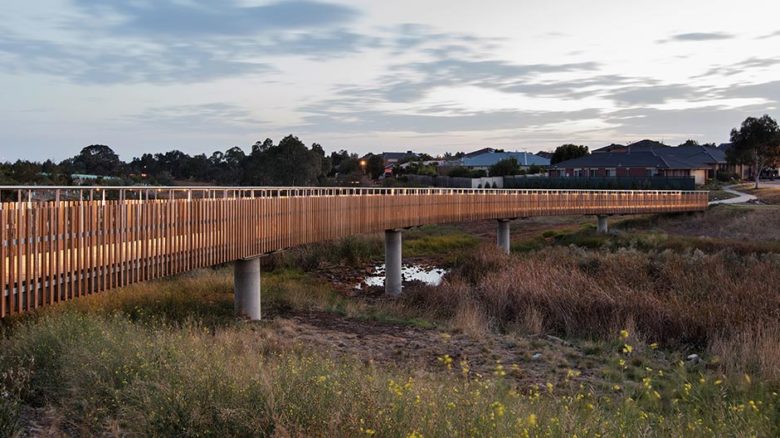
Skeleton Creek Bridge. Image: Lisabeth Grosmann.
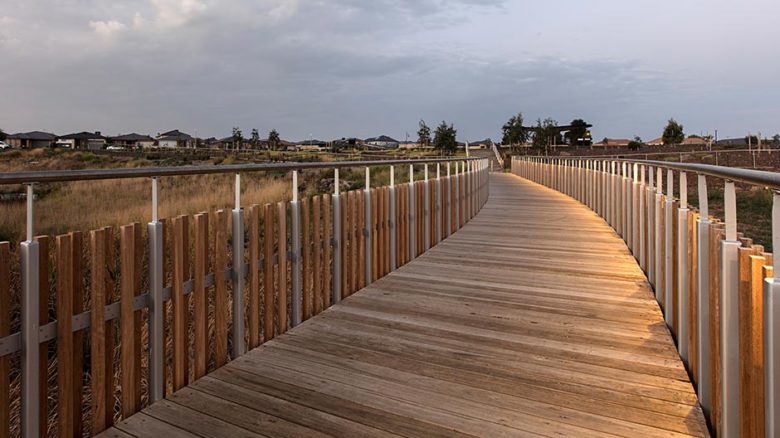
Skeleton Creek Bridge. Image: Lisabeth Grosmann.
Cultural Heritage
Award of Excellence
Plantbank (NSW)
360 degrees LA
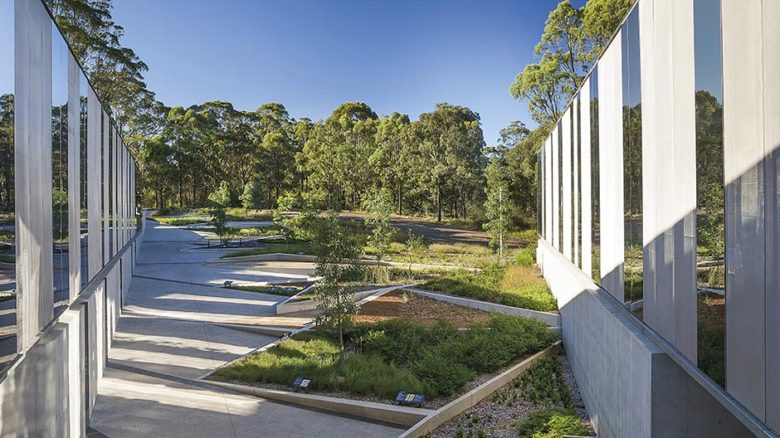
Plantbank. Image: John Gollings.

Plantbank. Image: John Gollings. Award of Excellence
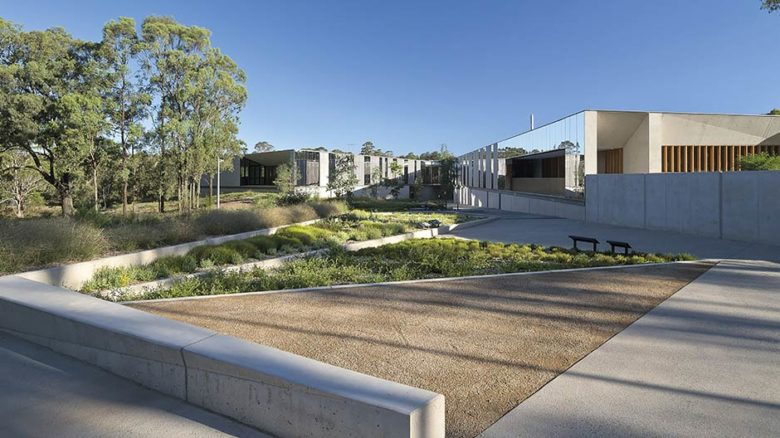
Plantbank. Image: John Gollings.
Landscape Architecture Award
Point Nepean National Park Master Plan (VIC)
TCL
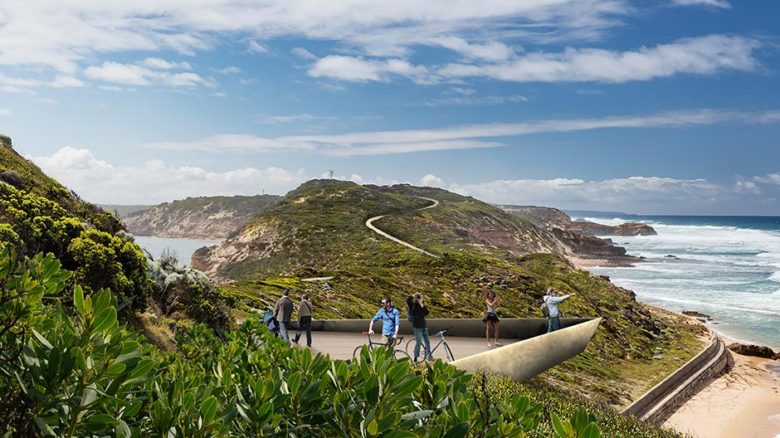
Point Nepean Masterplan. Image: TCL.
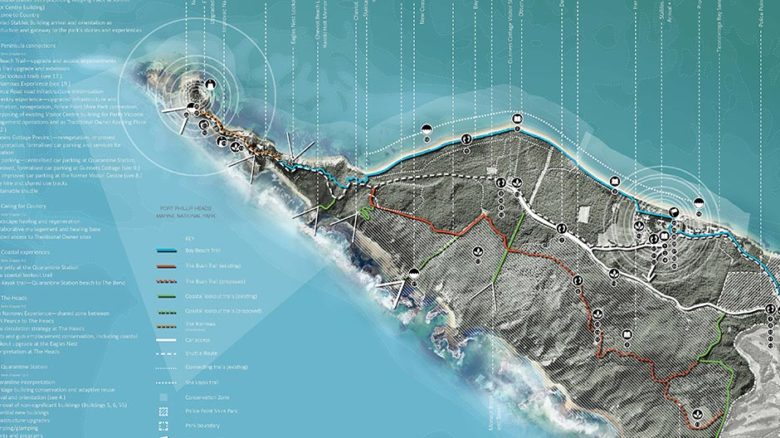
Point Nepean Masterplan. Image: TCL.
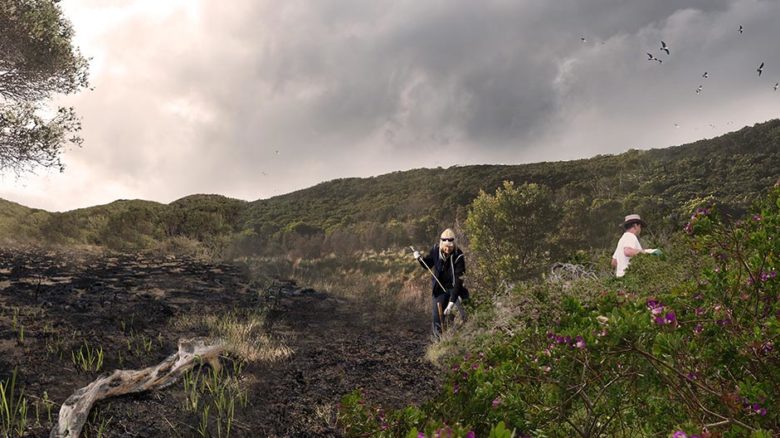
Point Nepean Masterplan. Image: TCL.
Landscape Architecture Award
Railway Square (WA)
Place Laboratory
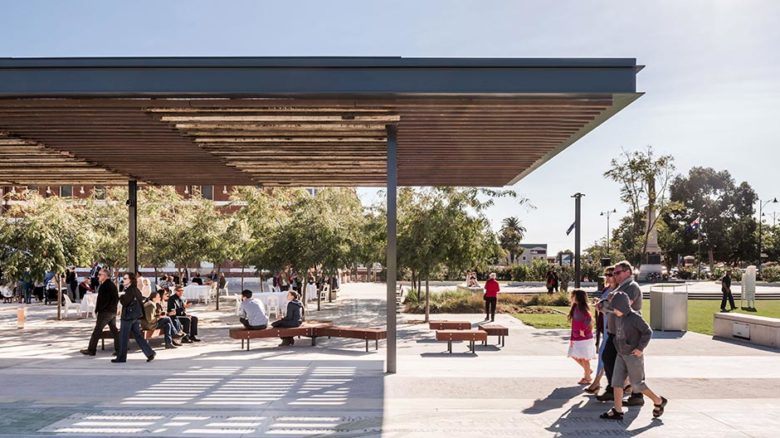
Railway Square. Image: Dion Robeson.
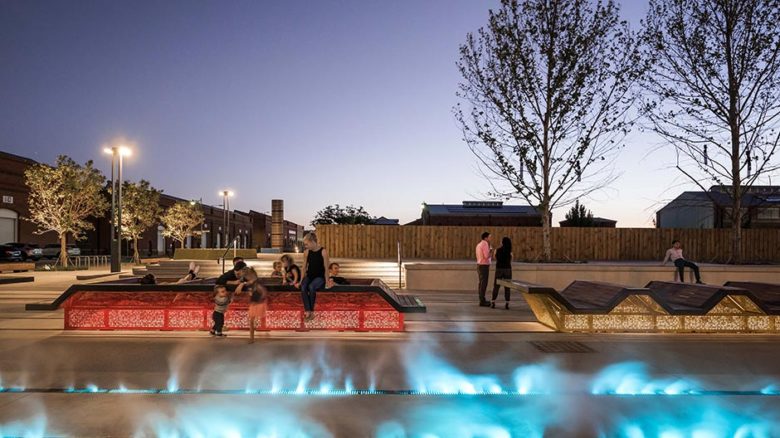
Railway Square. Image: Dion Robeson.
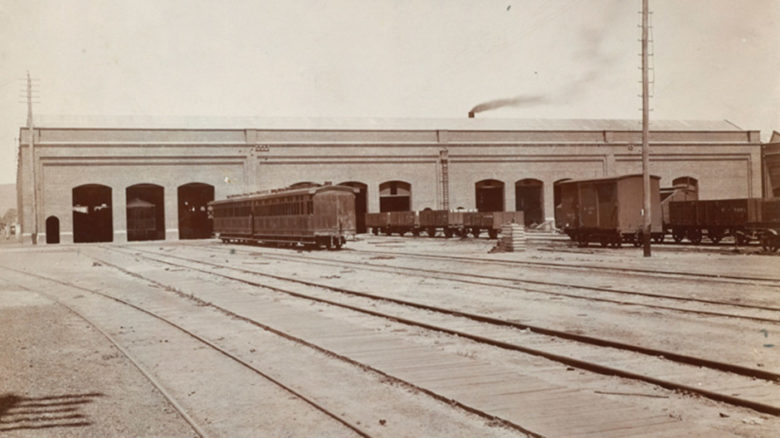
Railway Square. Image: Dion Robeson.
Land Management
Award of Excellence
The Living Knowledge Stream for Curtin University (WA)
Syrinx Environmental

The Living Knowledge Stream for Curtin University. Image: Syrinx Environmental.
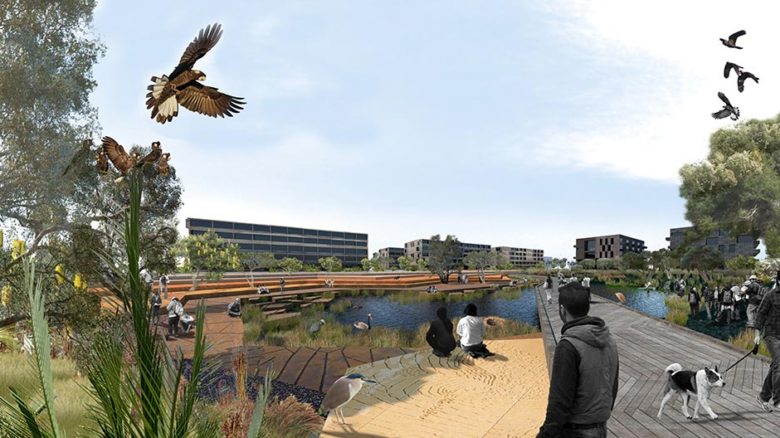
The Living Knowledge Stream for Curtin University. Image: Syrinx Environmental.
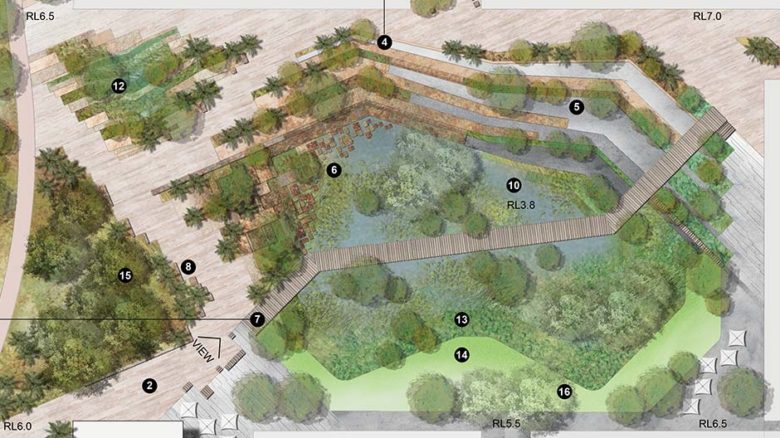
The Living Knowledge Stream for Curtin University. Image: Syrinx Environmental.
Landscape Architecture Award
HOTA Outdoor Stage (QLD)
CUSP
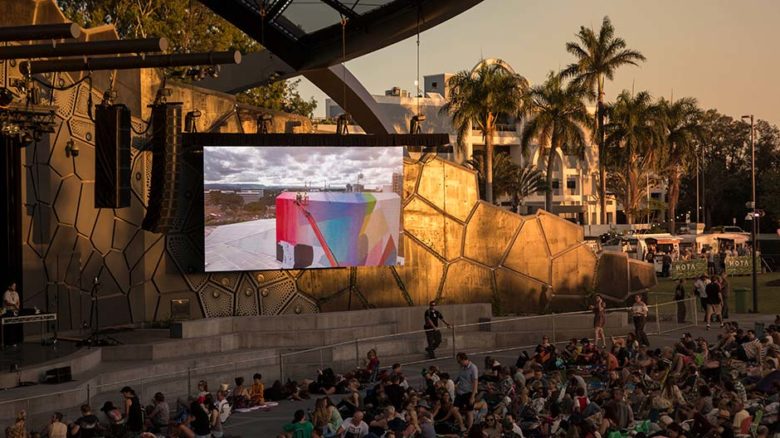
HOTA Outdoor Stage. Image: Aaron Poupard.
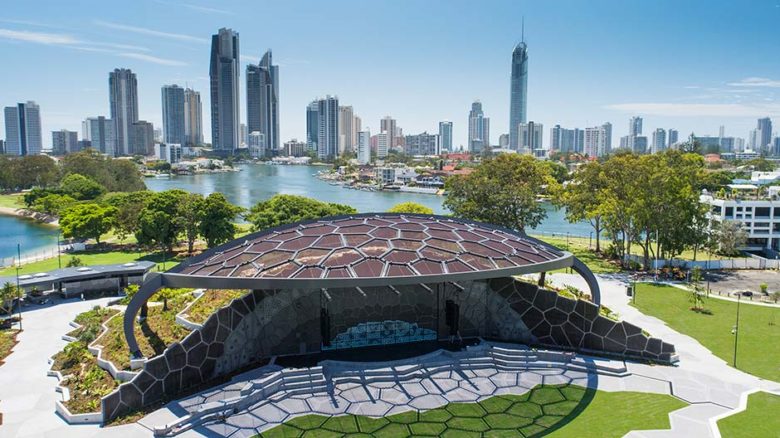
HOTA Outdoor Stage. Image: John Gollings.
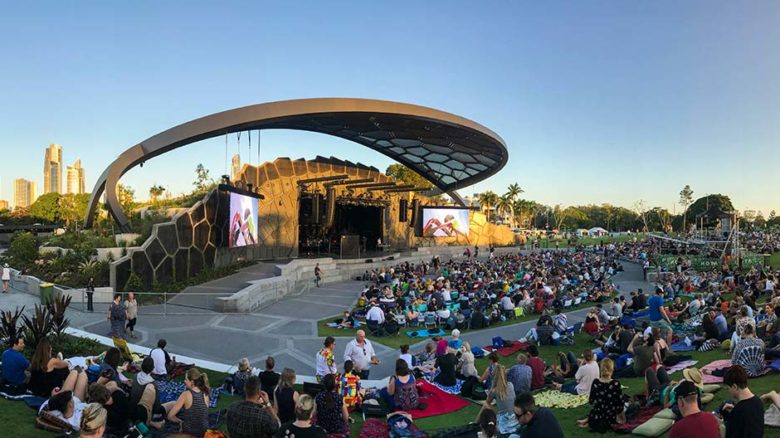
HOTA Outdoor Stage. Image: Aaron Poupard.
Landscape Architecture Award
Maravista (QLD)
CUSP
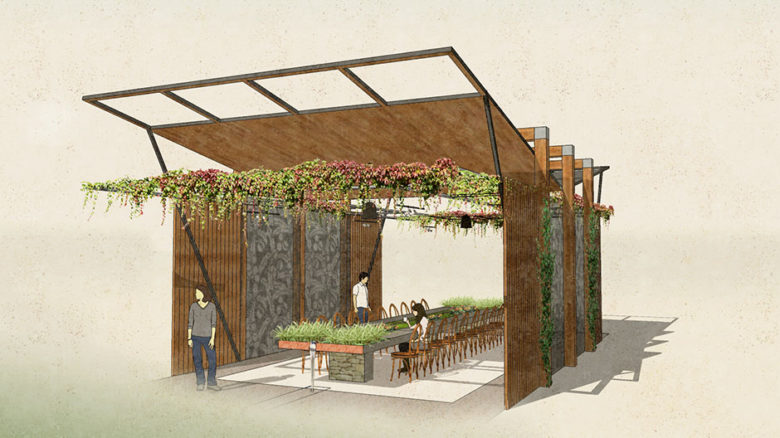
Maravista. Image: Milkana Kirova.
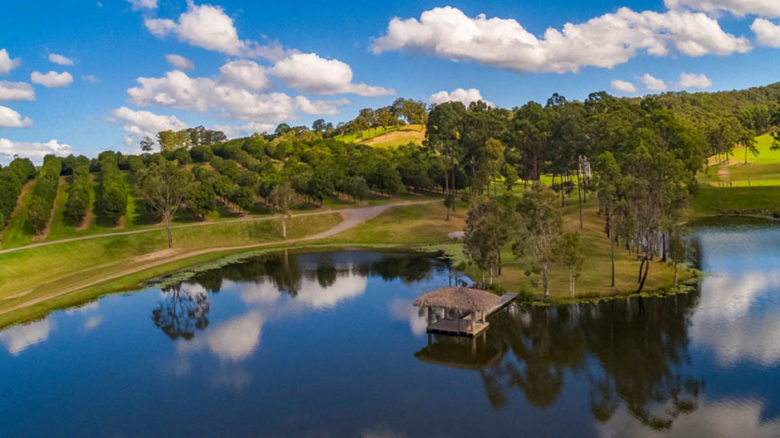
Maravista. Image: Sam Frysteen.
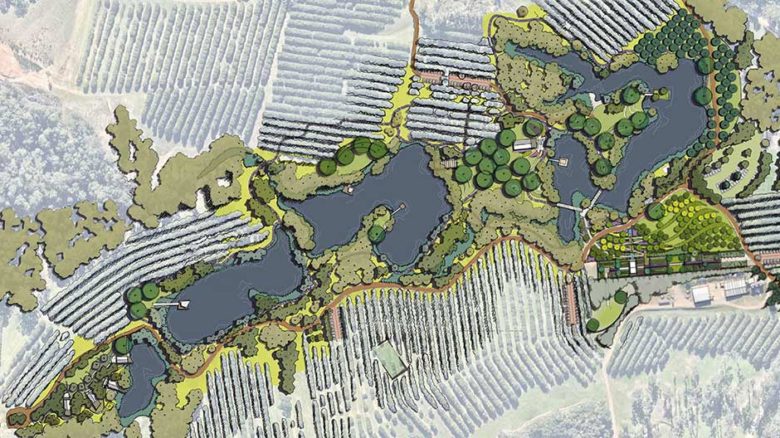
Maravista. Image: Andrew Tomlins.
Urban Design
Award of Excellence
Optus Stadium Park (WA)
HASSELL
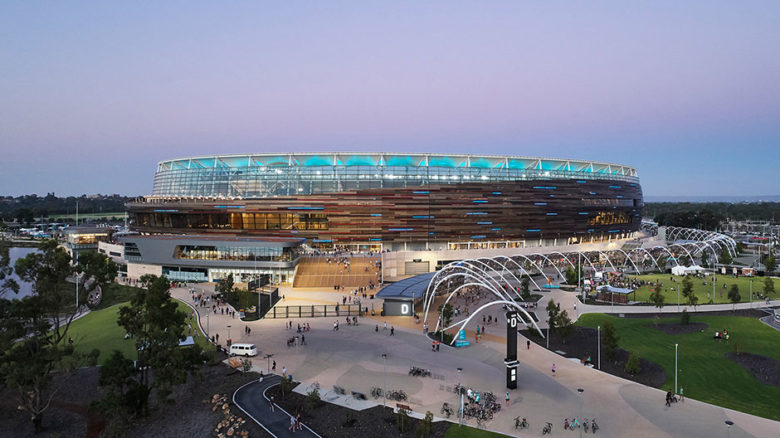
Optus Stadium. Image: Peter Bennetts.

Optus Stadium. Image: Peter Bennetts. Award of Excellence
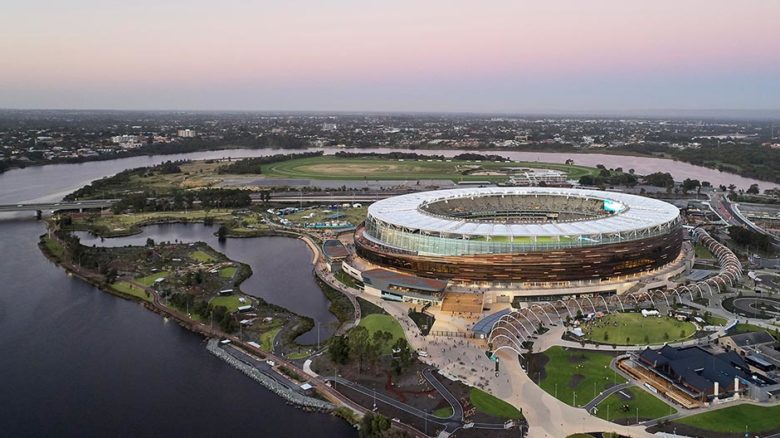
Optus Stadium. Image: Peter Bennetts.
Landscape Architecture Award
Fish Lane (QLD)
RPS
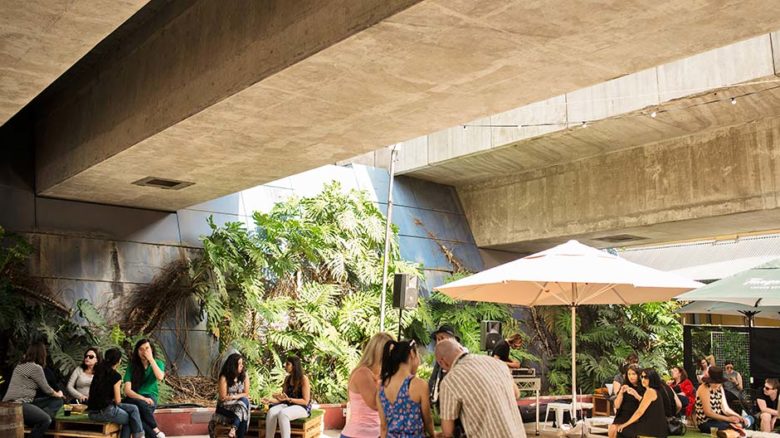
Fish Lane. Image: Peter Sexty.
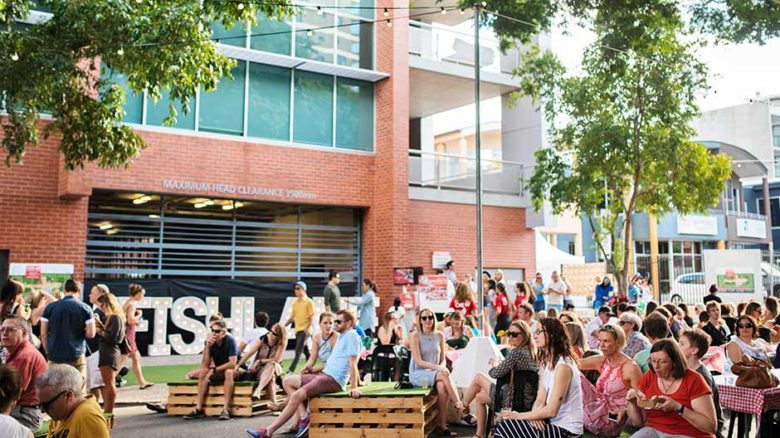
Fish Lane. Image: Peter Sexty.
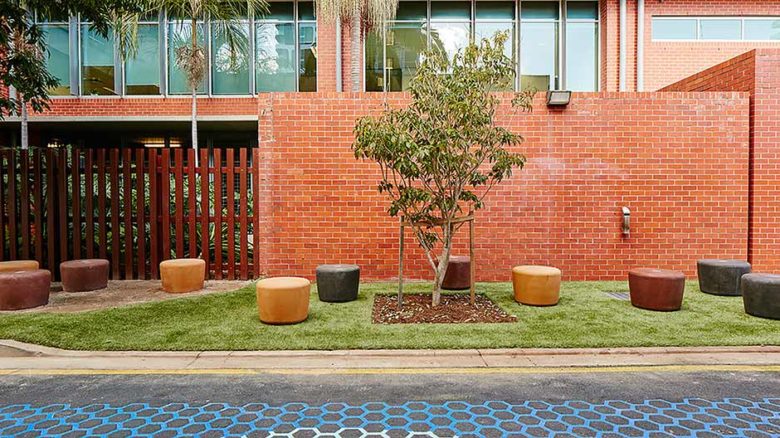
Fish Lane. Image: Peter Sexty.
Landscape Architecture Award
Victoria Square Kerang (VIC)
Hansen Partnership
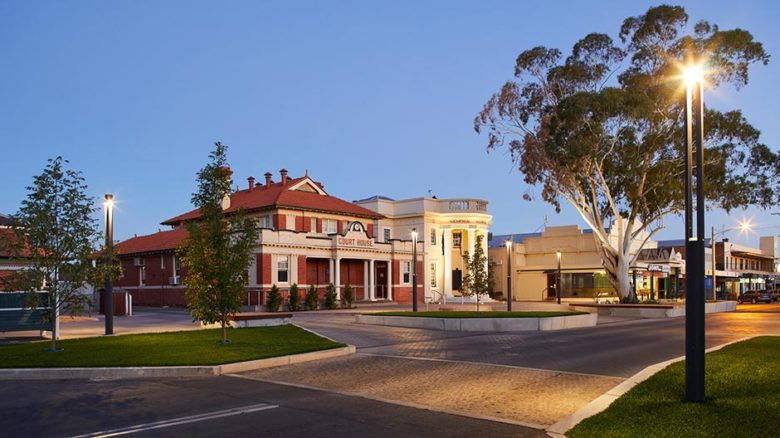
Victoria Square Kerang. Image: Andrew Lloyd.
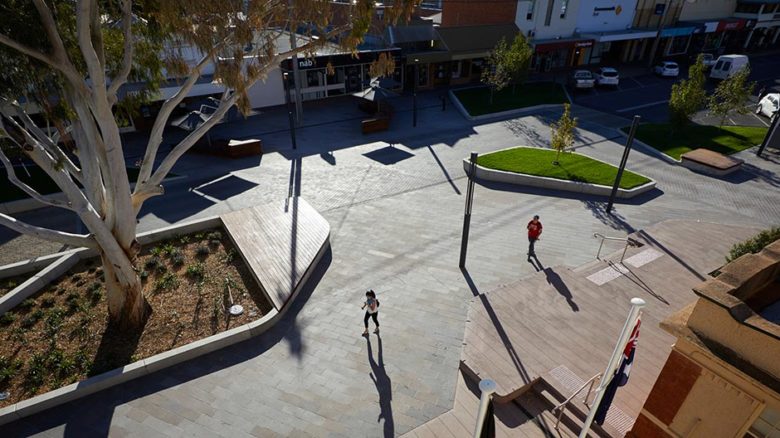
Victoria Square Kerang. Image: Andrew Lloyd.
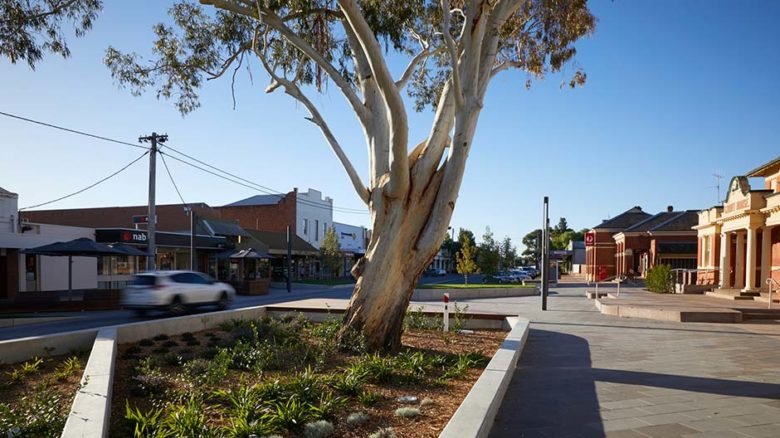
Victoria Square Kerang. Image: Andrew Lloyd.
Landscape Planning
Award of Excellence
Chain of Ponds (VIC)
Site Office
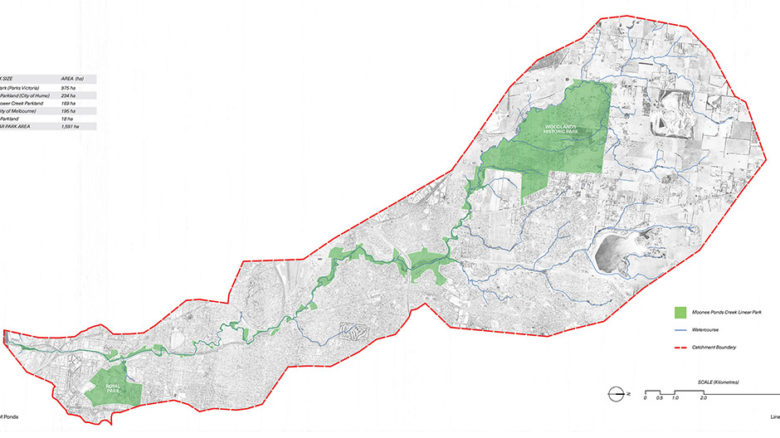
Chain of Ponds. Image: Site Office.

Chain of Ponds. Image: Site Office. Award of Excellence
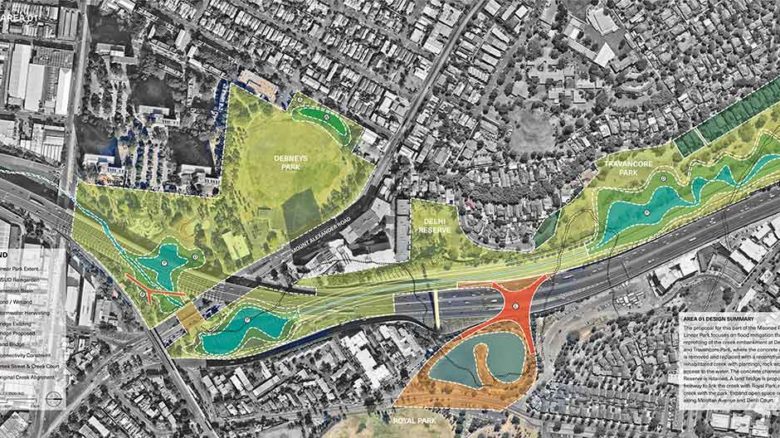
Chain of Ponds. Image: Site Office.
Landscape Architecture Award
Southern Parklands Vision 2036 (NSW)
Turf Design and TDEP
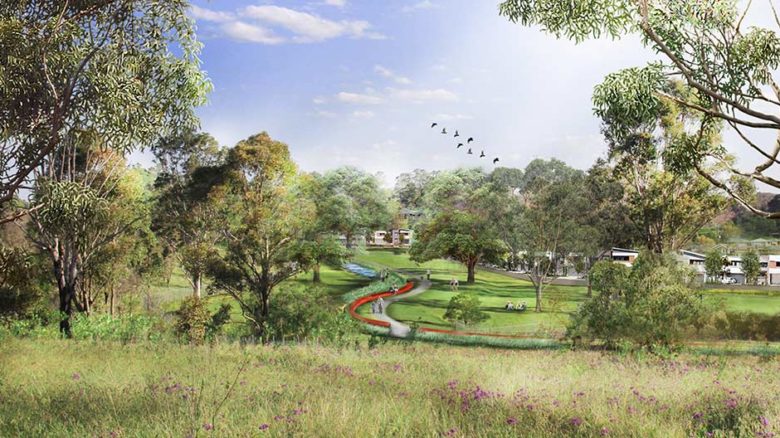
Southern Parklands Vision 2036. Image: TDEP.
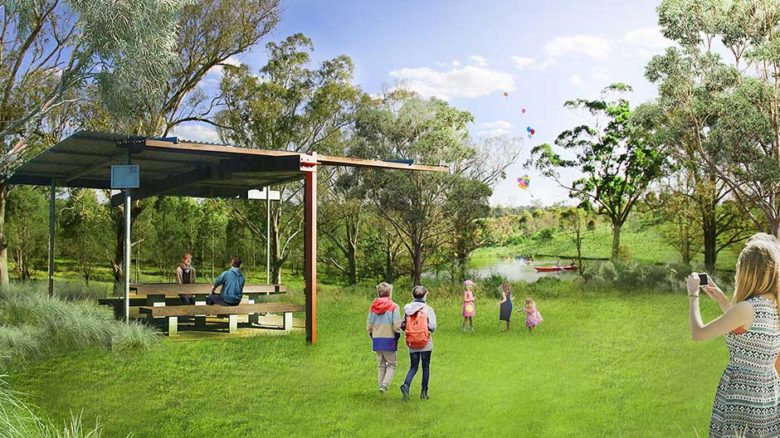
Southern Parklands Vision 2036. Image: TDEP.
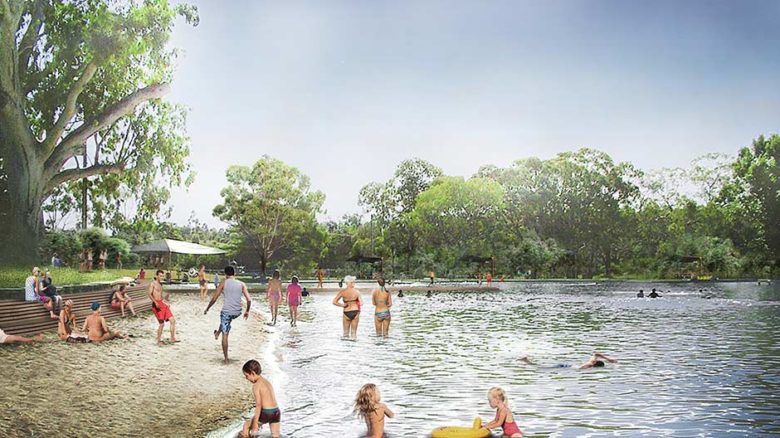
Southern Parklands Vision 2036. Image: TDEP.
Research, Policy and Communications
Award of Excellence
Green Infrastructure Planning a National Green Network (WA)
Simon Kilbane

Green Infrastructure Planning - a National Green Network. Image: Simon Kilbane. Award of Excellence
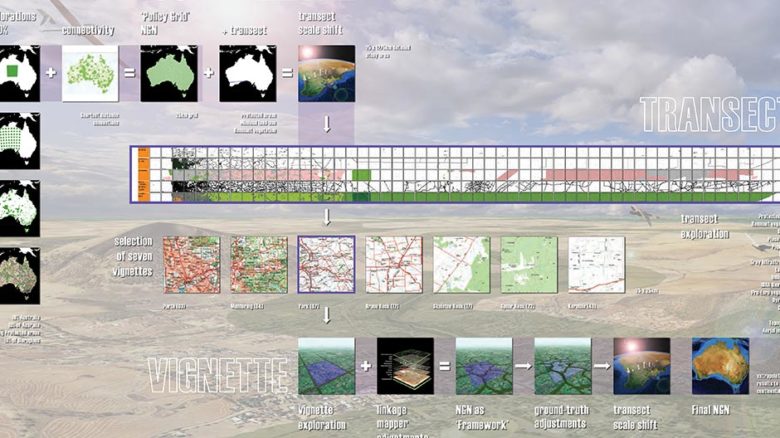
Green Infrastructure Planning - a National Green Network. Image: Simon Kilbane.
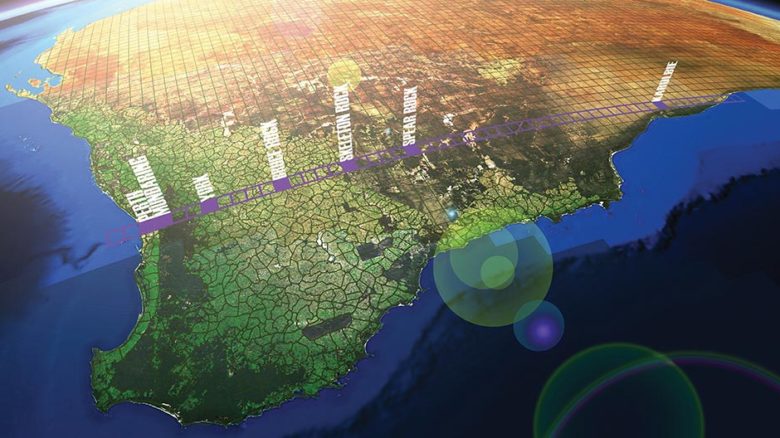
Green Infrastructure Planning - a National Green Network. Image: Simon Kilbane.
Landscape Architecture Award
Greener Places (NSW)
GA NSW
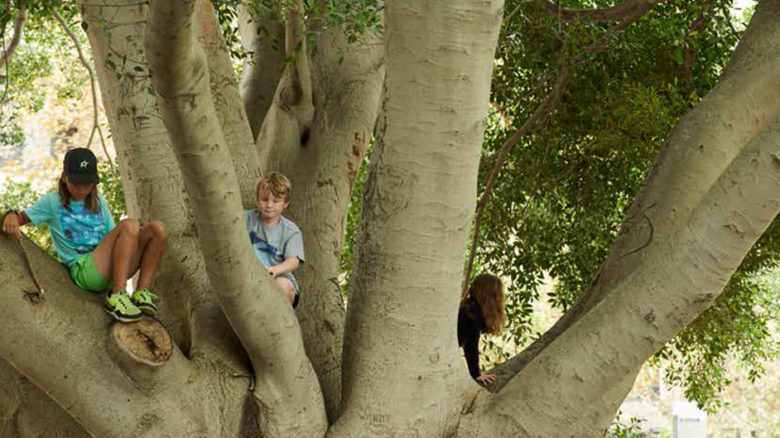
Greener Places case study. Image GA NSW
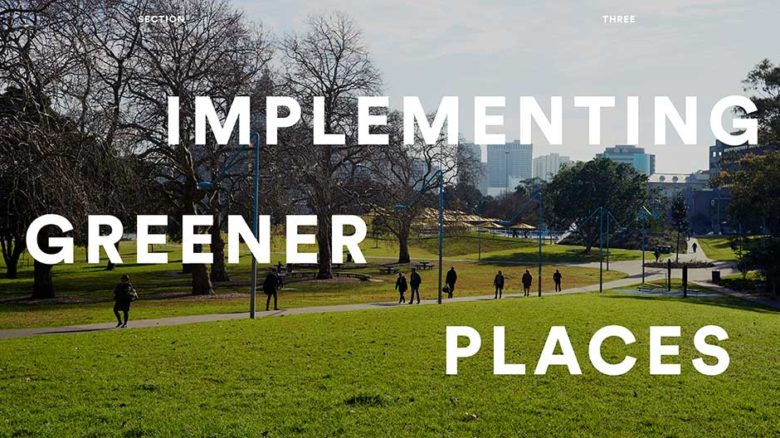
Green Places. Image: supplied.
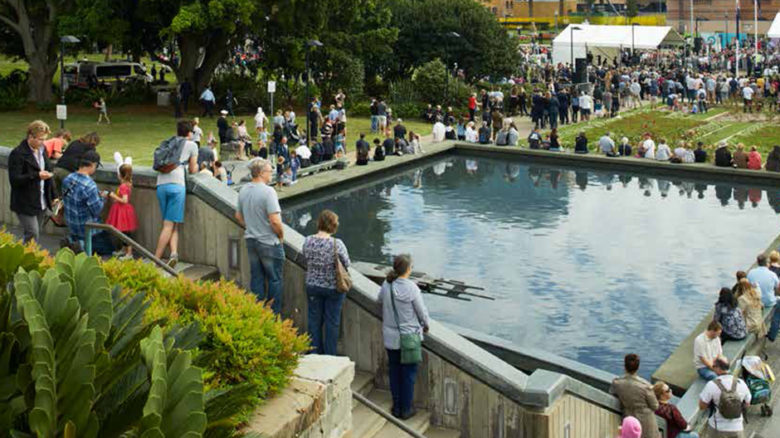
Greener Places case study. Image GA NSW
Landscape Architecture Award
Monash University Civil Engineering Hydraulics Living Lab (VIC)
ASPECT Studios
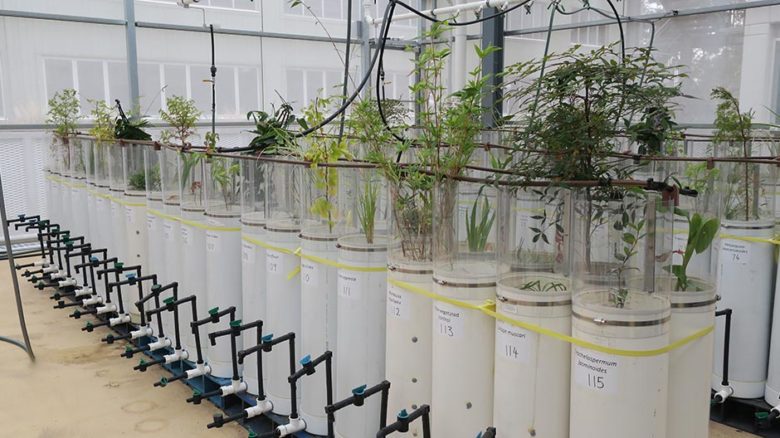
Monash University Civil Engineering Hydraulics Living Lab. Image: Aspect.
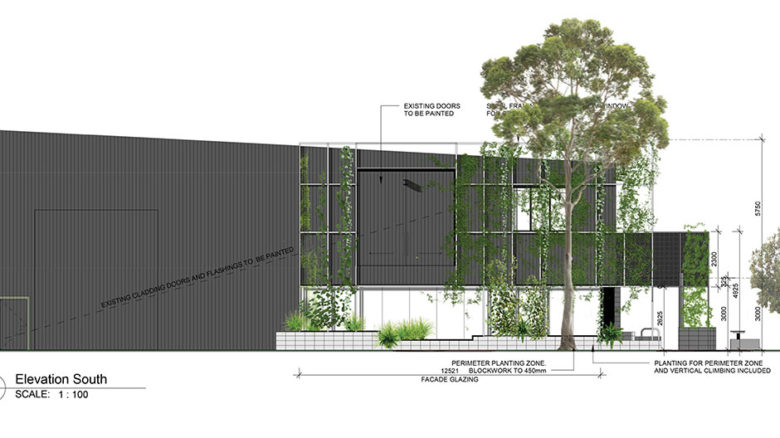
Monash University Civil Engineering Hydraulics Living Lab. Image: Aspect.
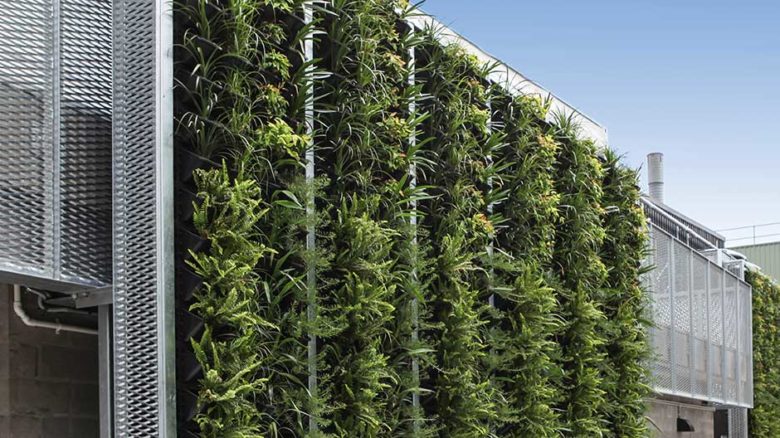
Monash University Civil Engineering Hydraulics Living Lab. Image: Aspect.
Landscape Architecture Award
Interpretive Wonderings (NSW)
Interpretive Wonderings Landscape Architecture
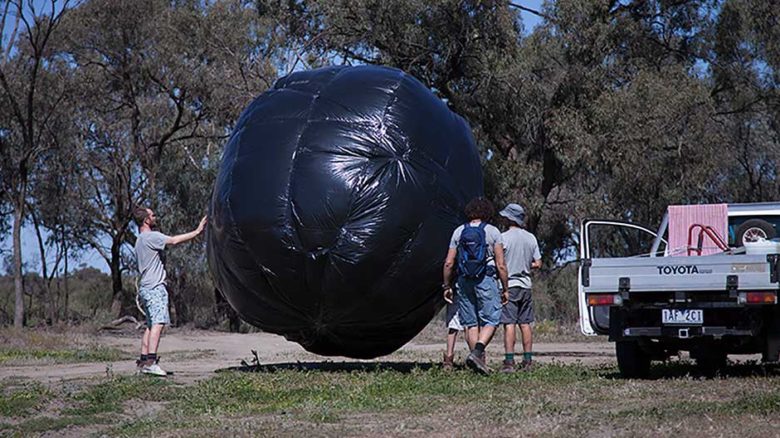
Interpretive Wonderings. Image: Sam Trubridge.
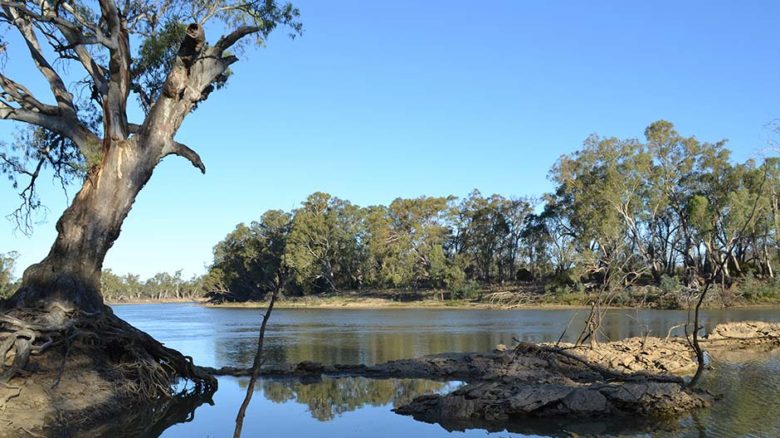
Interpretive Wonderings. Image: Sam Trubridge.
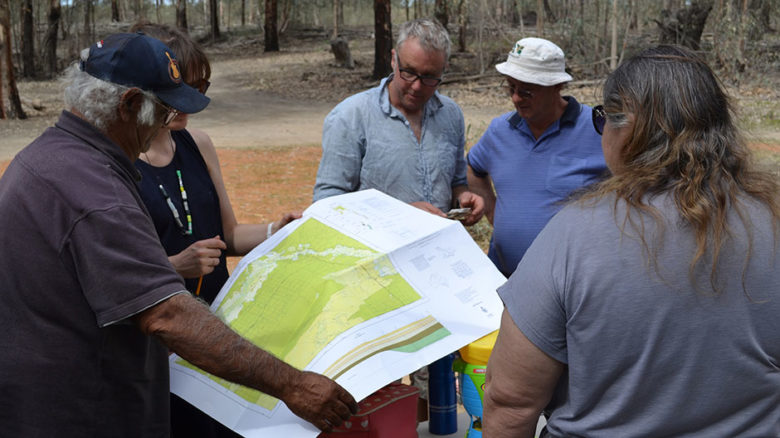
Interpretive Wonderings. Image: Sam Trubridge.
Community Contribution
Award of Excellence
Place of Healing (WA)
UDLA
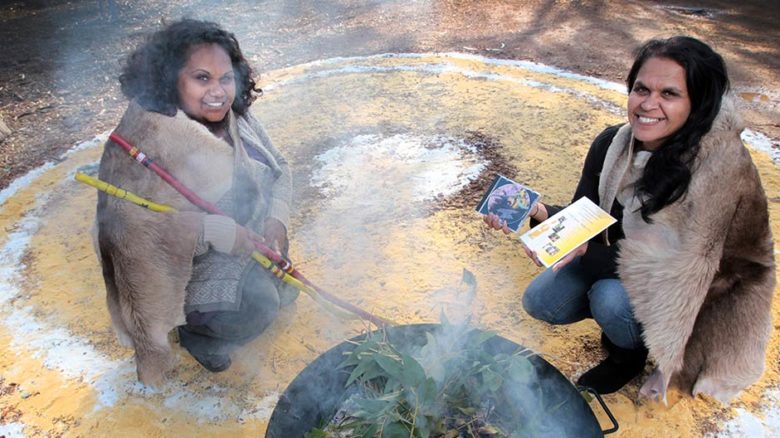
Place of Healing. Image: SKHKAC.
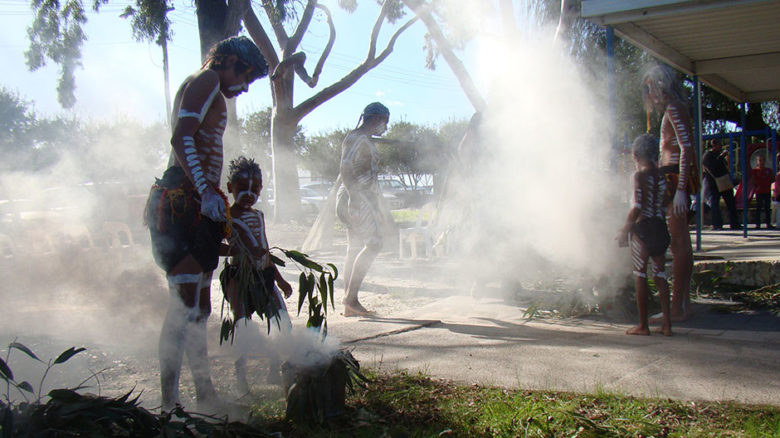
Place of Healing. Image: SKHKAC.

Place of Healing. Image: Rasheen Lee. Award of Excellence
Landscape Architecture Award
Palmwoods New Town Square (QLD)
Sunshine Coast Council

Palmswoods Placemaking. Image: Anita Elliston.

Palmswoods Placemaking. Image: Co Design.

Palmwoods Placemaking. Image: Anita Elliston.
Small Projects
Landscape Architecture Award
Immigration Museum Activation Project (VIC)
Rush Wright Associates

Immigration Museum Activation Project. Image: Cassandra Chilton.
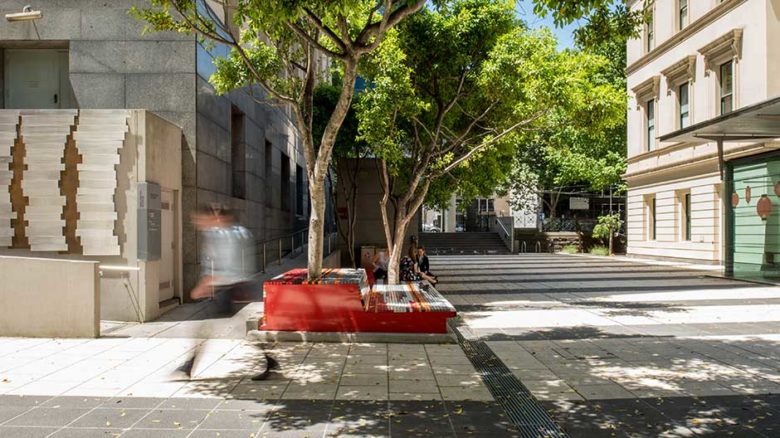
Immigration Museum Activation Project. Image: Cassandra Chilton.
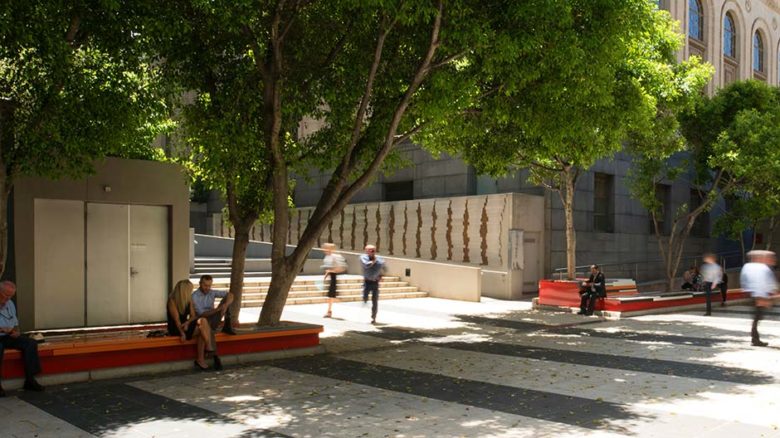
Immigration Museum Activation Project. Image: Cassandra Chilton.
Landscape Architecture Award
Valley Lake (VIC)
McGregor Coxall
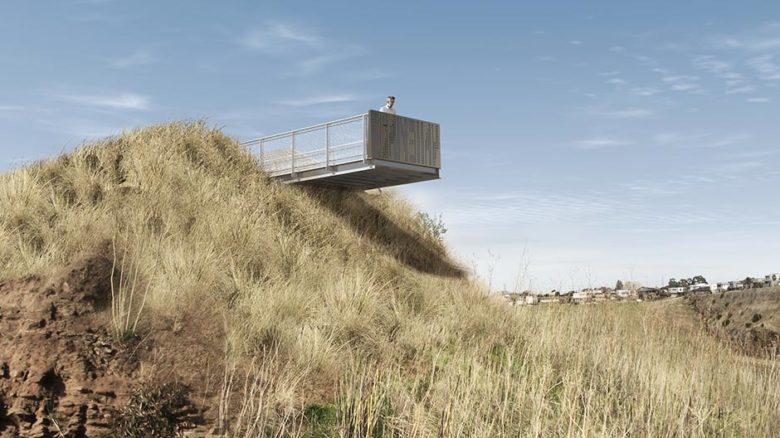
Valley Lake. Image: McGregor Coxall.
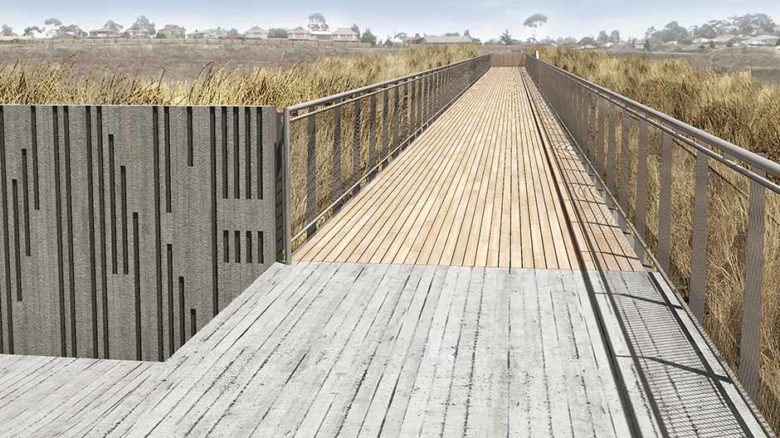
Valley Lake. Image: McGregor Coxall.
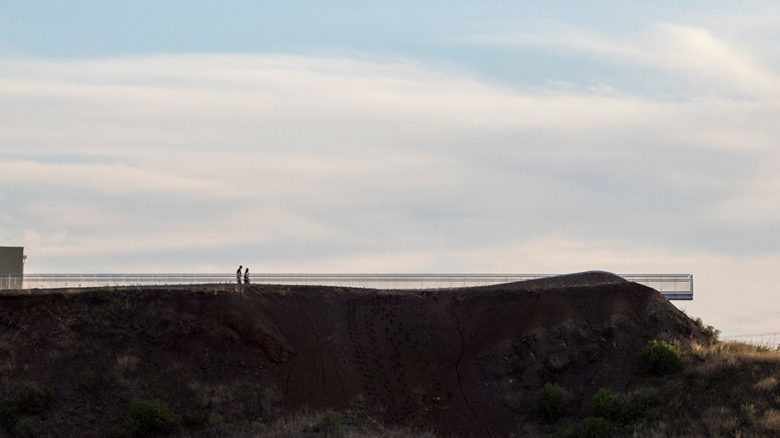
Valley Lake. Image: McGregor Coxall.
Gardens
Landscape Architecture Award
Eve Apartments (NSW)
360 degrees LA
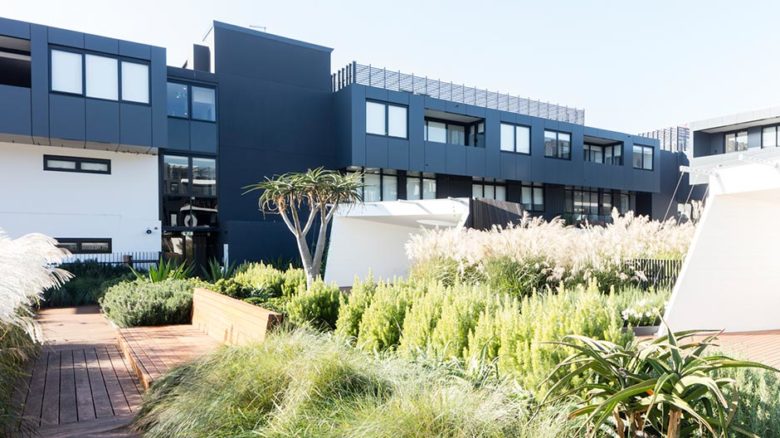
Eve Apartments. Image: Brett Boardman.
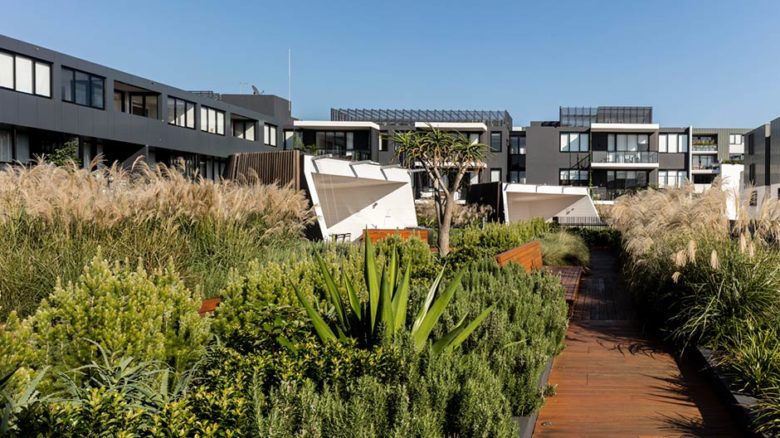
Eve Apartments. Image: Brett Boardman.
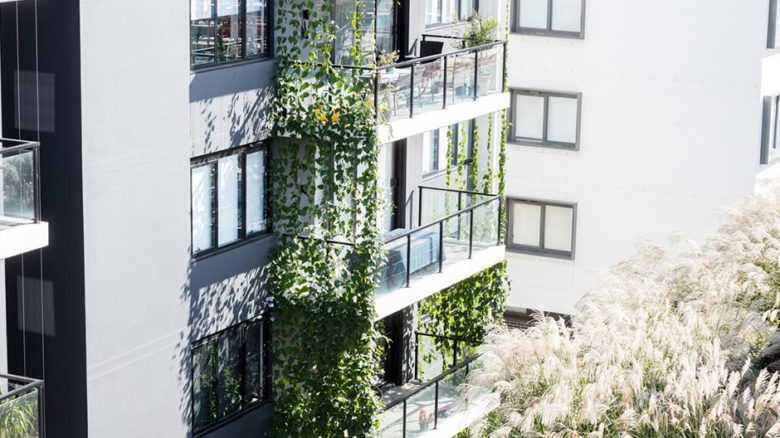
Eve Apartments. Image: Brett Boardman.
Landscape Architecture Award
Vic Comprehensive Cancer Centre (VIC)
Rush Wright Associates
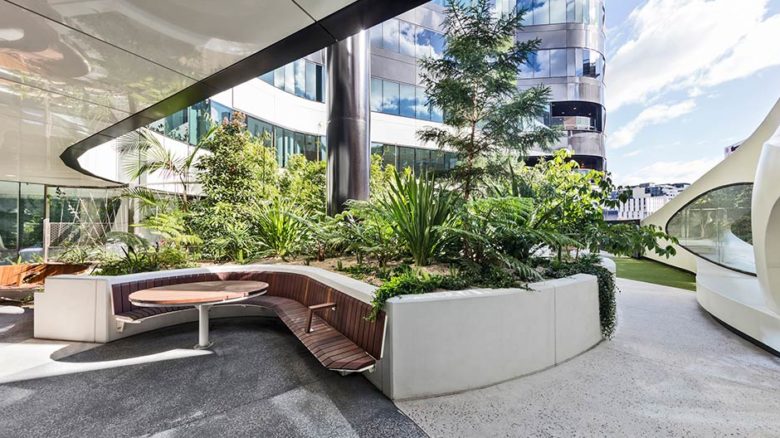
Victoria Comprehensive Cancer Centre. Image: John Gollings.
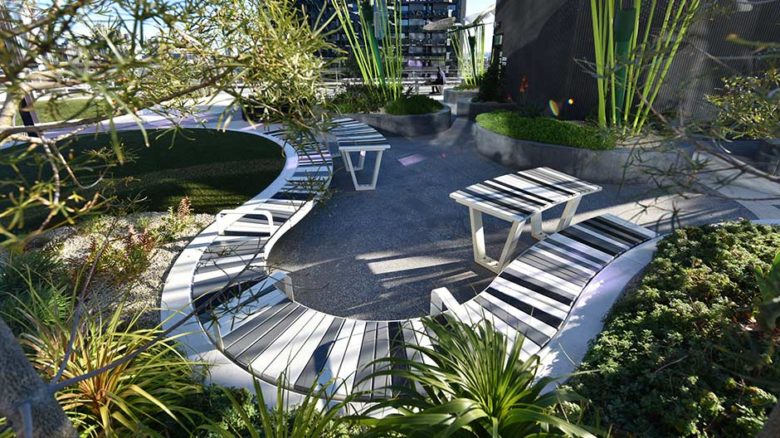
Victoria Comprehensive Cancer Centre. Image: John Gollings.
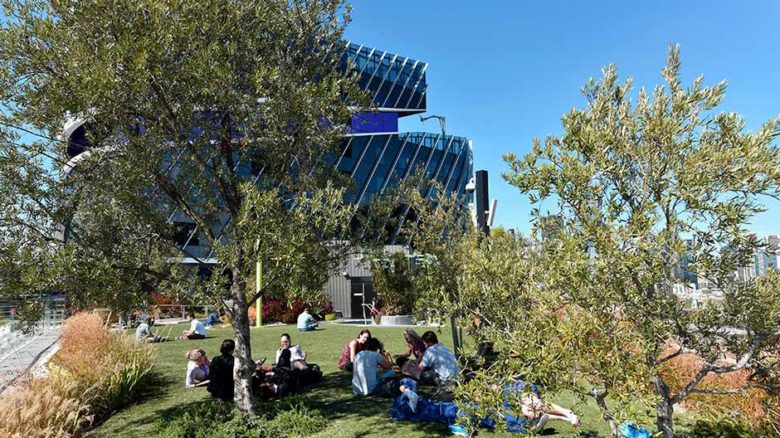
Victoria Comprehensive Cancer Centre. Image: John Gollings.
International
Award of Excellence
Temaiku Land and Urban Planning, Kiribati
Jacobs

Temaiku Land and Urban Planning, Kiribati. Image: Jacobs. Award of Excellence
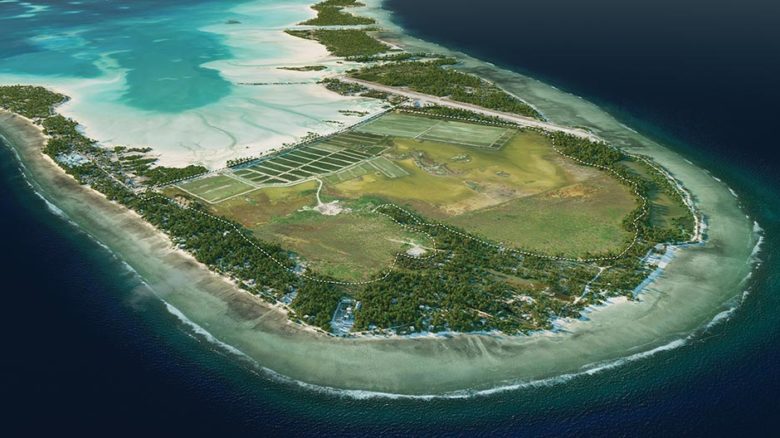
Temaiku Land and Urban Planning, Kiribati, before the project. Image: Jacobs.
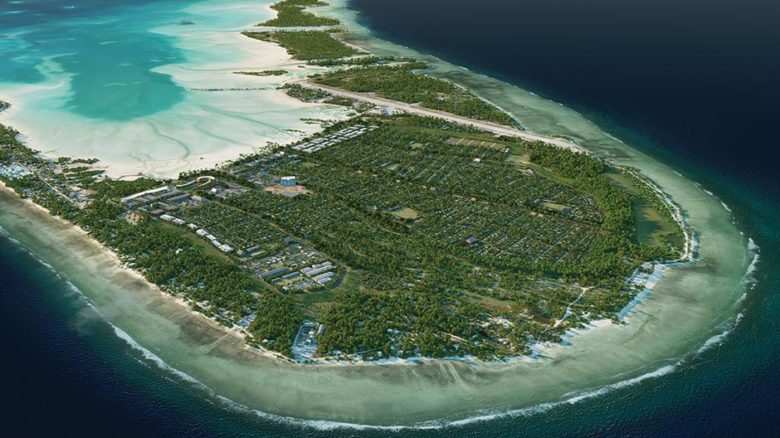
Temaiku Land and Urban Planning after the project, Kiribati. Image: Jacobs.
Landscape Architecture Award
Lingang Bird Airport, Tiajin, China
McGregor Coxall
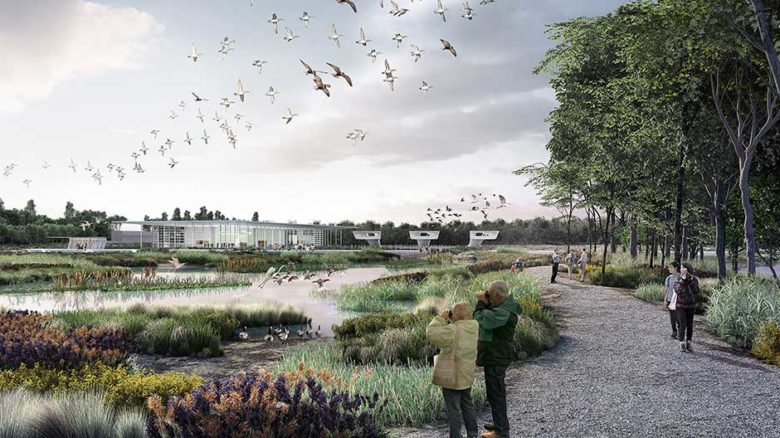
Lingang Bird Airport. Image: McGregor Coxall.
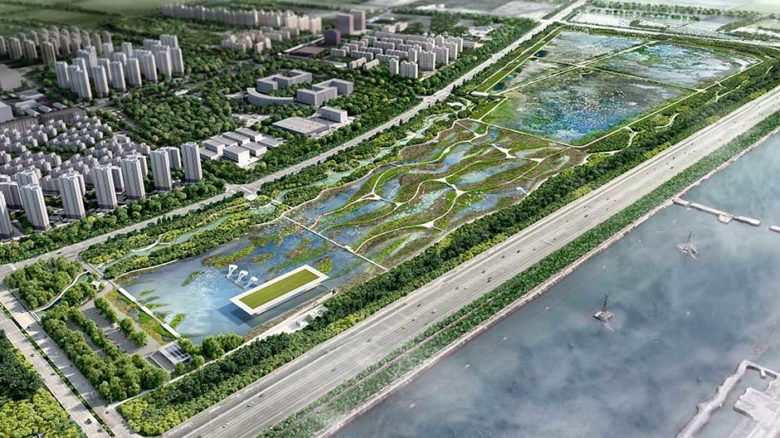
Lingang Bird Airport. Image: McGregor Coxall.
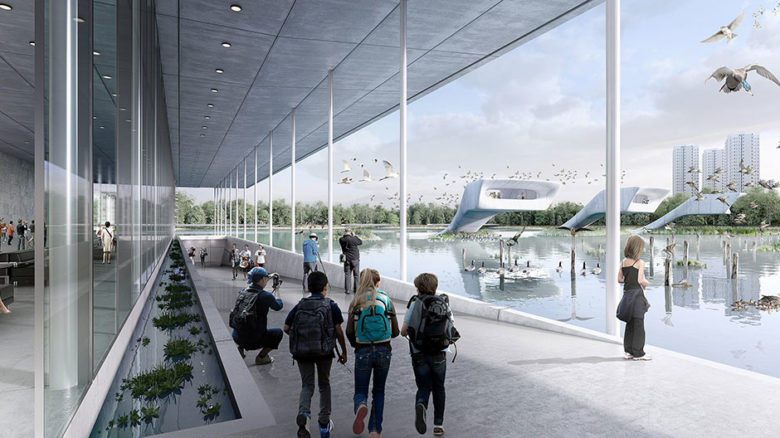
Lingang Bird Airport. Image: McGregor Coxall.
Landscape Architecture Award
DaNang Railway Connectivity Improvement and Urban Redevelopment Study, Vietnam
Hansen Partnership
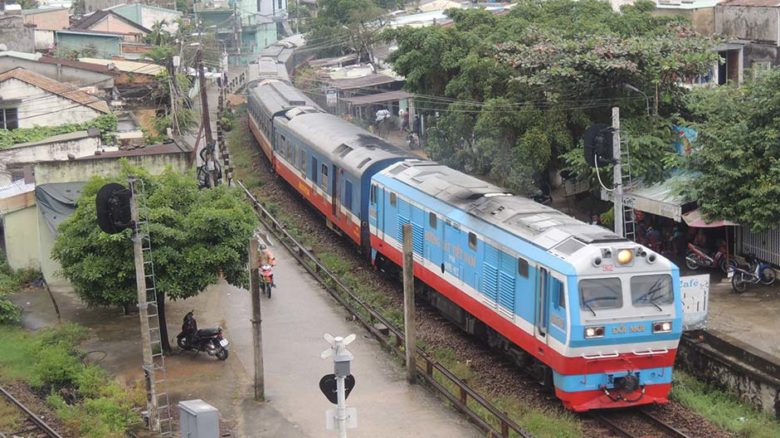
DaNang Railway Connectivity Improvement and Urban Redevelopment Study, Vietnam. Image: Craig Czarny.
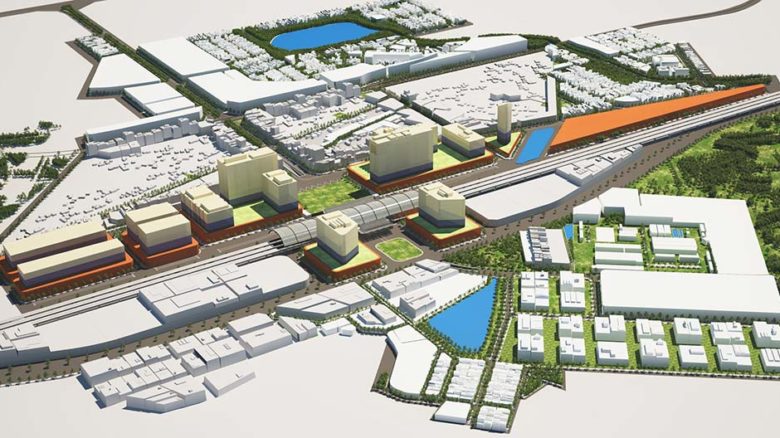
DaNang Railway Connectivity Improvement and Urban Redevelopment Study, Vietnam. Image: Craig Czarny.
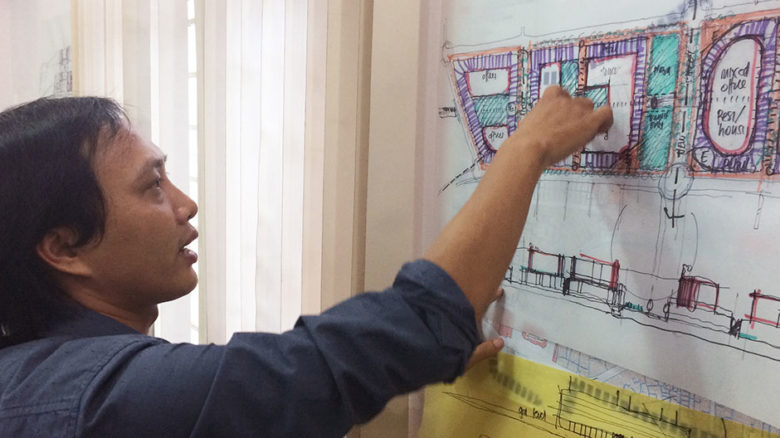
DaNang Railway Connectivity Improvement and Urban Redevelopment Study, Vietnam. Image: Craig Czarny.


